Part two of the ‘Oh Boyacá’.
The Oh Boyacá route through the Santander and Boyaca departments has been a lot of fun: we’ve had stable weather (no rain at all in fact), good riding conditions, no problems with acclimatisation and have both lost weight and gained fitness – as you do when the climbs can take up to 3–4 hours of steady riding. It’s been a challenge, but a thoroughly satisfying one.
This region of Colombia in general has been fantastic for touring and overall yet another highlight of the journey. The roads are invariably quiet, to the point of being deserted even; the landscapes huge in scale and startlingly diverse, as each valley seems to have its own microclimate. The communities we pass through – maybe two to three in a typical day – are welcoming of visitors. People don’t hesitate to approach us and ask questions and sometime offer us drinks or the ever-welcome helado (ice cream). Colombia is the friendliest country of our ride so far.
We’d had two days off when we first arrived in El Cocuy; resting, blogging and acclimatising so when we returned there after our visit to the Parque Nacional del Cocuy we spent just one night and the next morning pedalled out of town and straight into a 1500 metre, 20 kilometre climb.
A final goodbye to El Cocuy.
The climb’s one of the longest on the Oh Boyacá ride, reaching 4100 metres and it took us back into Colombia’s páramo and the best frailejon forests we’ve seen yet.
Camping in these places is a real highlight (despite the frigid overnight temperatures) so we’d planned this day around stopping early, camping high and enjoying the special landscape. We stopped a couple of kilometres shy of the road’s highpoint at about 4050 metres and found a sheltered spot with plenty of frailejons for company.
Lots in fact – spot the tent!
Like clockwork the cloud boiled up in the late afternoon and we lost visibility for a while, cooking dinner under a thick blanket of cloud.
But the sky cleared and the temps were already into the negatives when I set up this shot. The colour of the sky is unusual for an astro photo and I think it’s light pollution from Bogotá.
Our sleeping bags are rated to +5c, so we slept in most of our clothes, keeping just warm enough while the temps dropped to around -8. Morning was cold, clear and still. The valleys below filled with inversion cloud while the top of the range slowly caught the sun.
The sun was welcome, warming our bodies and we walked around the páramo and among the frailejons which still mostly lay under an ephemeral sparkling layer, soon to be gone.
Camp was the last to catch the sun – its warm fingers creeping through the frailejons and melting whatever they touched.
The view from camp towards the highest part of the range.
Finally we got under way, meandering along the road towards the highpoint. Feeling un-rushed we stopped a lot for photos, and taking in our final views across to the ice-capped Sierra Nevado del Cocuy. Just before we reached the pass we heard voices behind us: two cyclists, a man and a girl. They’d left El Cocuy at 5am that that morning – climbing 1500 metres with a nonchalance only a Colombian cyclist could have – to head to a two-day fiesta happening in the next village, now 25 kilometres away downhill.
Beyond the pass: another crazy, convoluted landscape and a long, long descent.
We didn’t stop long in Chita, just picking up some food and chatting to a man who’d brought his llamas to the village for the fiesta. The first we’d seen in Colombia.
Unlike other villages we’ve passed through so far, Chita had a small military presence and fortified gun emplacements on some of the street corners. I asked one man if there were problems here. ‘Si, a veces’ (yes, sometimes), was the response. It seemed we were entering an area of occasional ELN activity.
Beyond Chita the road wove in and out of some deep eroded canyons and entered a barren rocky valley, patchworked with green where enterprising villagers have rerouted water from alpine streams to irrigate their crops.
After a long and dusty climb we reached Jerico where a group of young boys offered to guide us to a hotel for the night. We were shattered after a day of steep climbing and sometimes rough roads and were soon in search of food. We ate at Restaurante Milady where a rotund, elderly señora filled our plates from an assortment of large aluminium pots that sat bubbling atop an ancient wood-burning stove in the corner of the room.
She insisted we return in the morning so she could see us off with a tinto (sugary black coffee), so we dropped by after our own breakfast of muesli and topped up on bread rolls, cheese and hot chocolate – and the mandatory tinto…
During the evening and following morning three different people mentioned to us that there was something up with the ELN and that public transport wasn’t operating and that roads might be closed at checkpoints. We never did figure out exactly what the situation was, but we took their warnings seriously and checked in with the police on the way out of town. The two armed police looked barely over 18, but radioed a commander somewhere. Word came back that it was ok for us to travel, but to take care. They seemed more worried about us crashing on the rough roads than terrorists.
Later, in Belén, we saw some TV news and realised that the ELN had publicly announced a three day ‘offensive’, and earlier that day had blown up a highway bridge near Aguachica (we’d passed through there a couple of weeks earlier). We also heard later that a couple of ELN members had been killed by police on one of the main highways in the region. Certainly startling news, but we got the feeling from locals that our route was away from the riskiest areas, for now.
These Ford trucks are the workhorses of Colombian mountain roads.
More intense geology and barren landscapes followed as we rode on from Jerico; the road plunging down windy, dusty roads, leaving us to slowly spin our way back up out of the valley’s depths.
We’d climbed nearly 6000 metres in three days by the time we reached Belén (below) and decided we needed a break, which was a good move – in hindsight – considering the hardest climb of the Oh Boyacá (for us) was to come the next day. Although Belén is at roughly the same elevation as El Cocuy, instead of being halfway up a mountainside, it’s surrounded by the flat green paddocks of a farming valley and was quite a lot warmer.
In typical Boyacá fashion a 1000 metre climb led us out of town on a dirt road and back into the páramo. Beautiful riding on the ever-quiet Colombian roads.
And of course another change in landscape, as we dropped into lush surroundings and a ‘low’ 2200 metres, only to climb – on tired legs – back to 3800 metres.
On dusk and without having found the ever-coveted ‘perfect’ campsite we camped on the side of the road two thirds of the way up the climb. At least it was warmer than 3800 metres would have been…
Another couple of hours of riding in the morning got us to the summit and some sublime surroundings; here some of the frailejons were flowering – bursts of daisy-like yellow from a furry bud, insulated again the biting frosts of the páramo. It was silent, except for the hollow roll of our tyres over the hard pack and a few tweeting birds.
A long and rocky descent followed as we dropped into an entirely different region, where the plants were once again green and lush. Waterfalls spilled over steep cliffs as we rode through canyon-like valleys towards Gambita.
After an incredible rollercoaster ride through the mountains of Boyacá it was satisfying to ride into the centre of Villa de Leyva and park our bikes on the edge of its huge medieval-like cobbled plaza. One of Colombia’s most famous colonial towns, Villa de Leyva’s a popular tourist town, and for us a big change of scene from the rural villages and farming towns we’d been passing through. Coffee, bakeries and half-decent internet made it a welcome spot for three days off while we plotted our next move.
We enjoyed our time there, resting, eating and soaking up some art, culture and history in the galleries and museums. We also enjoyed the company of fellow cyclist Richard Lytle (Rich World Travels) who we have been in contact with through Central America but had not yet met (and is the only other cycle tourist we’ve met in Colombia). Rich had flown into Bogotá and was setting off on the Oh Boyacá in the opposite direction.
The Sunday market was good for the usual sights, smells and curiosities. Chorizo is a Colombian staple.
This stall had some interesting items: a snake skin, the dried up head of a cayman and a bear paw, sitting inside an armadillo’s shell with an assortment of seeds probably purported to have healing or aphrodisiac abilities.
Do you enjoy our blog content? Find it useful? We love it when people shout us a beer or contribute to our ongoing expenses!
Creating content for this site – as much as we love it – is time consuming and adds to travel costs. Every little bit helps, and your contributions motivate us to work on more bicycle travel-related content. Up coming: camera kit and photography work flow.
Thanks to Biomaxa, Revelate Designs, Kathmandu, Hope Technology and Pureflow for supporting Alaska to Argentina.

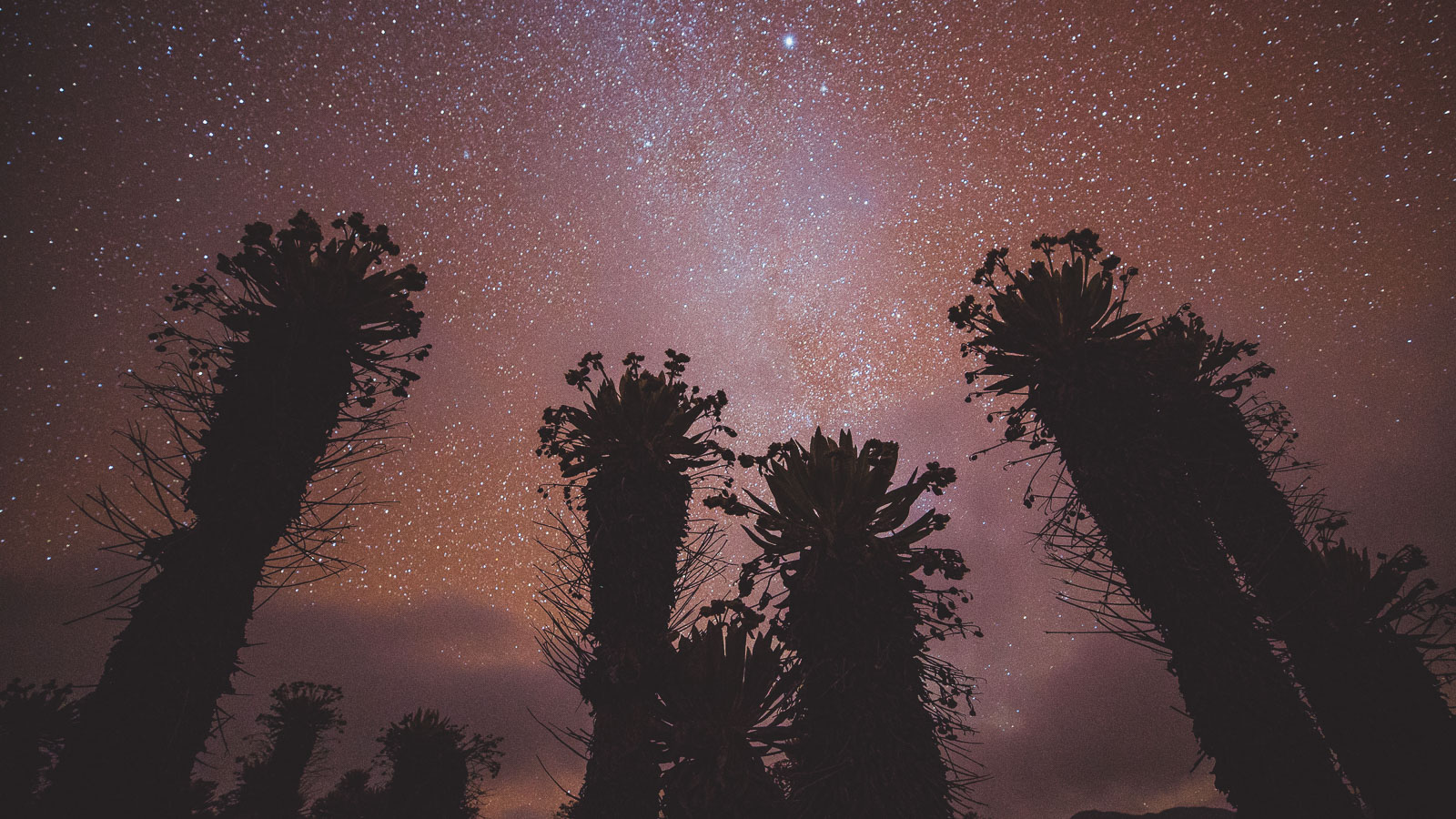
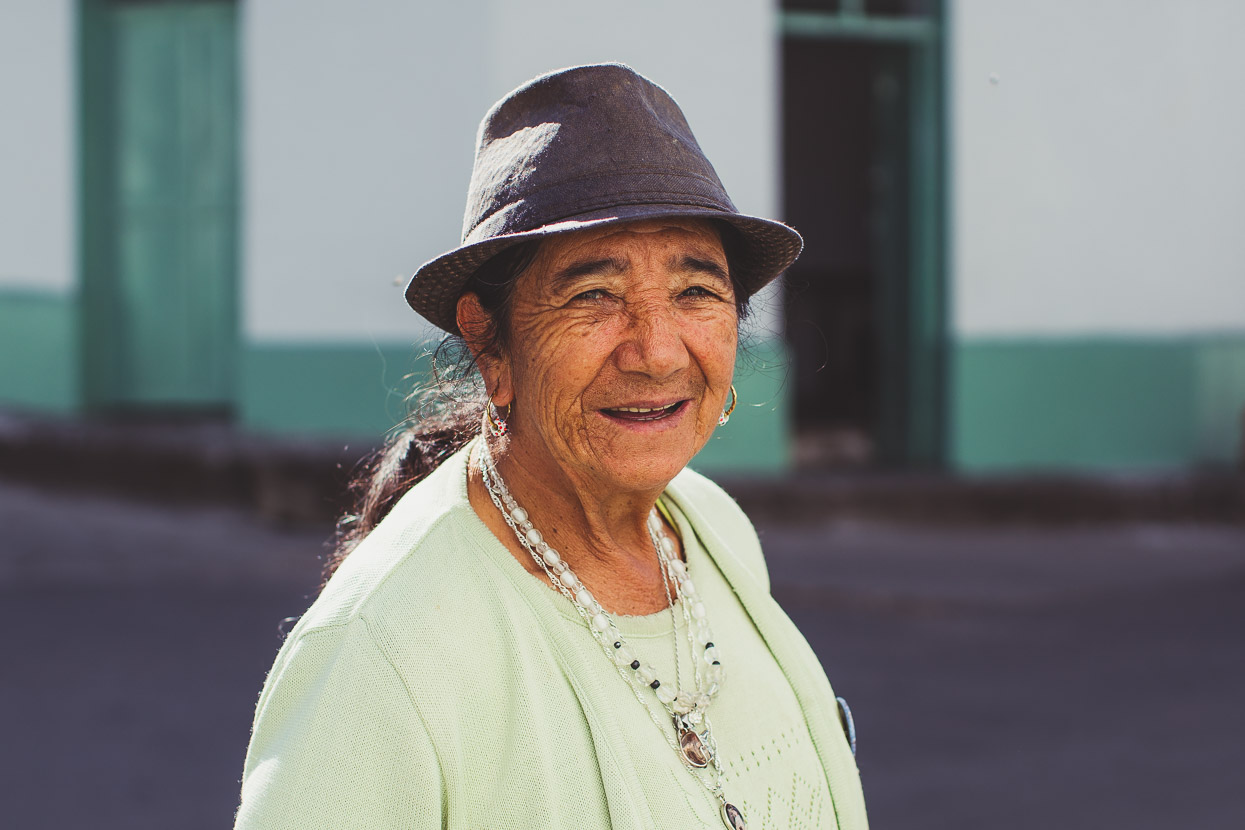
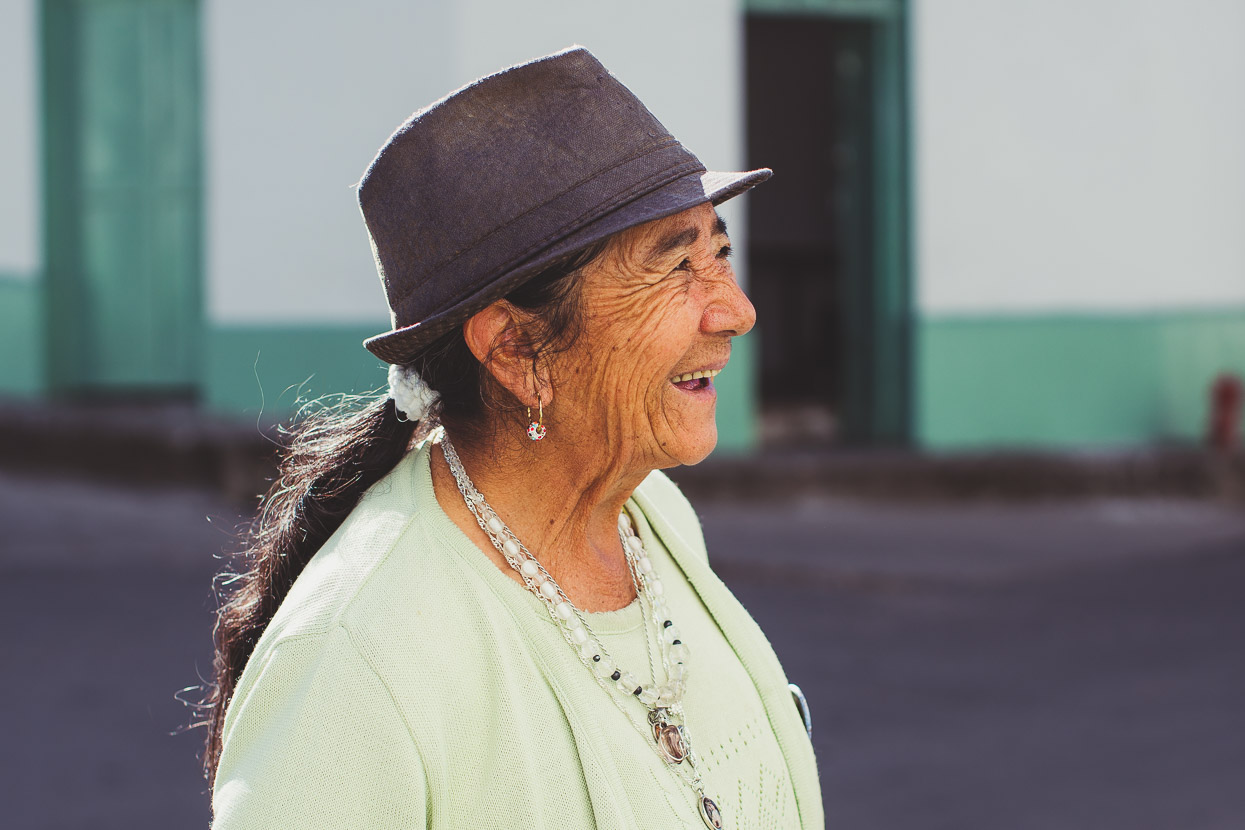
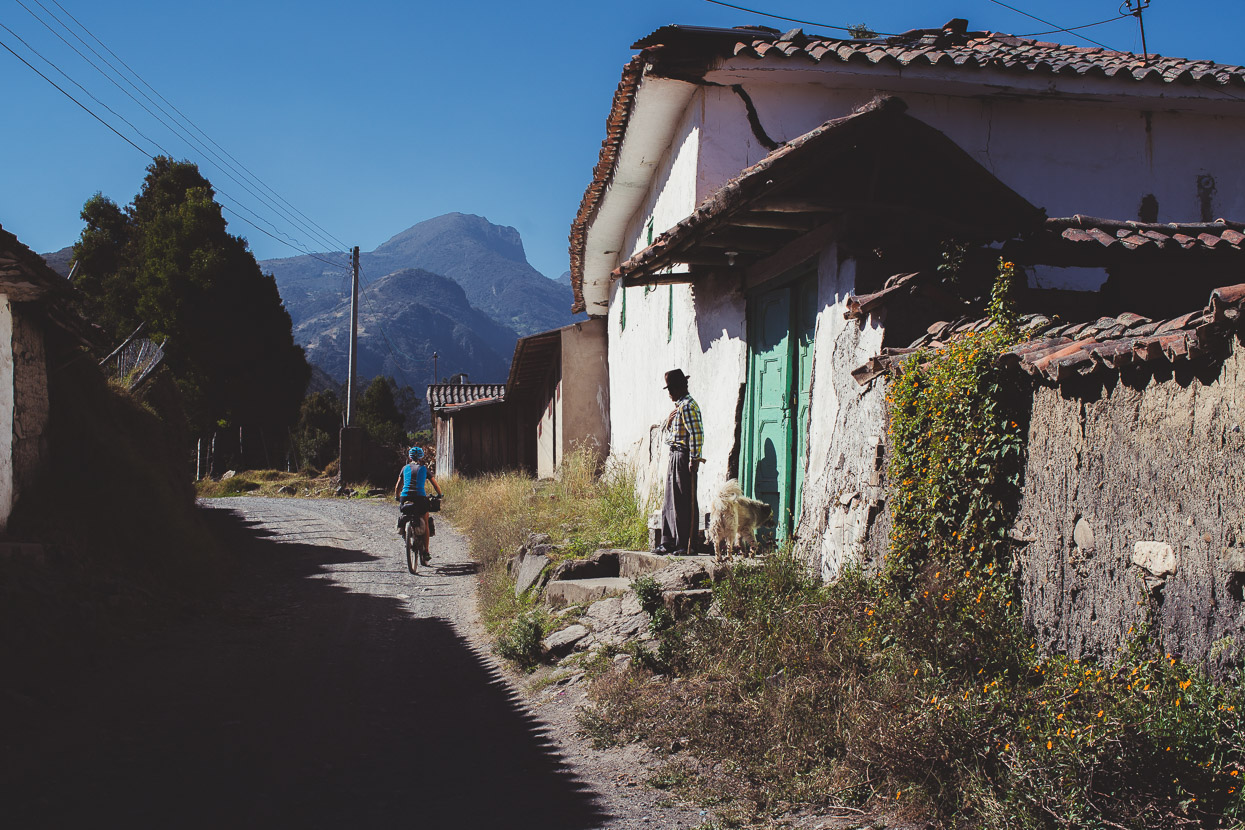
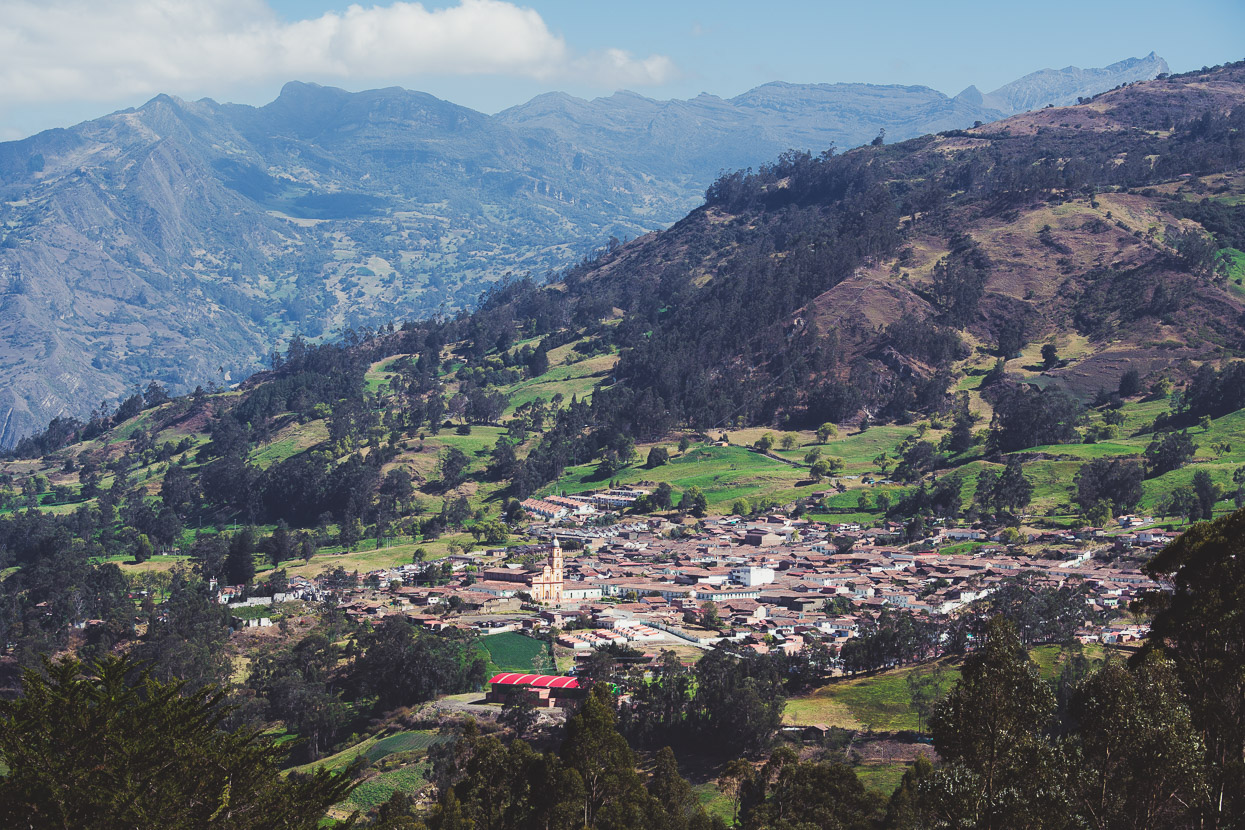
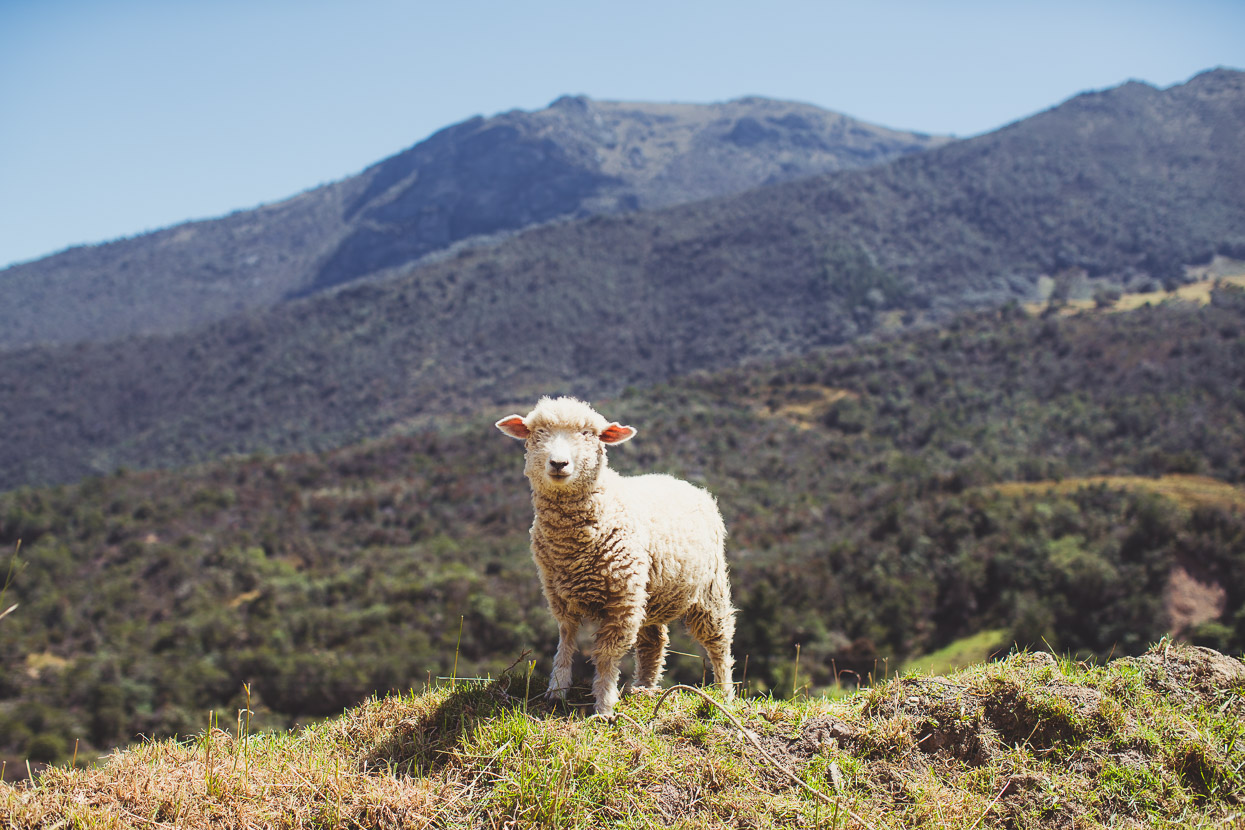
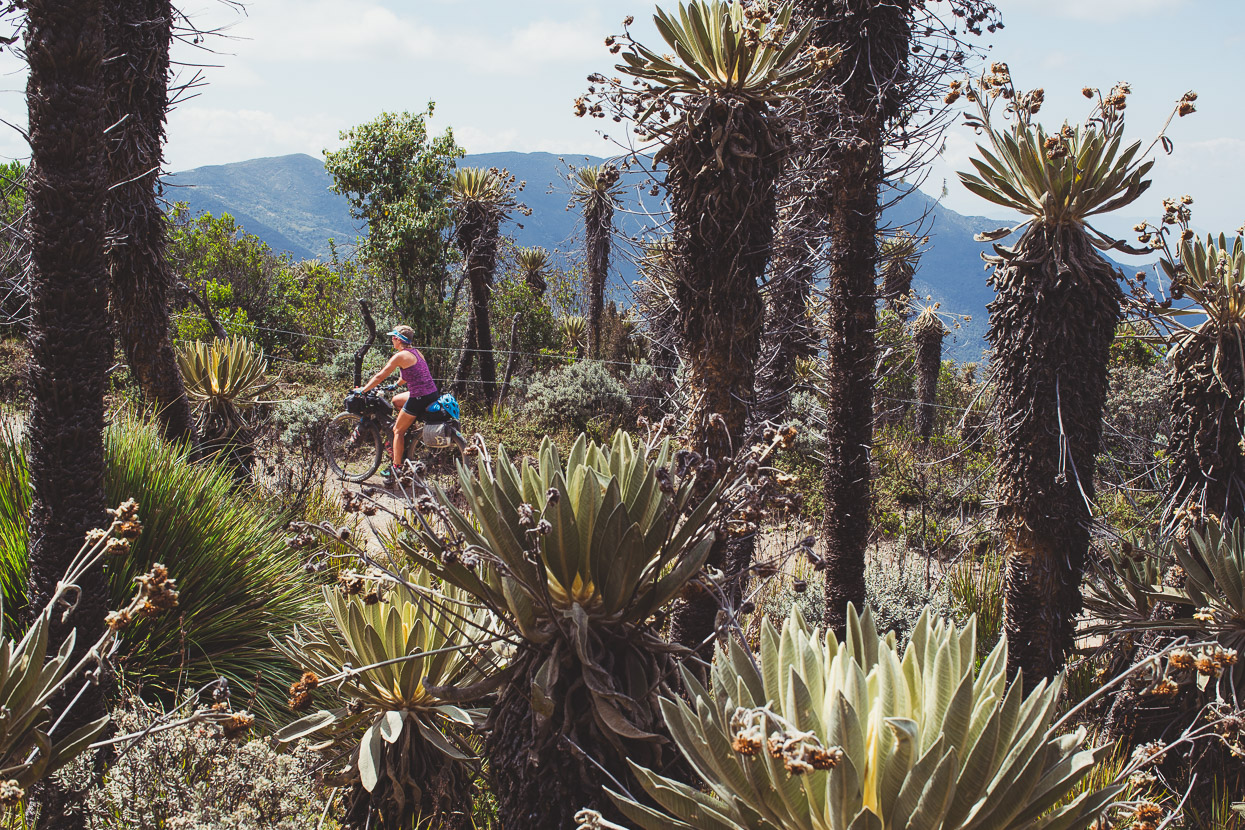
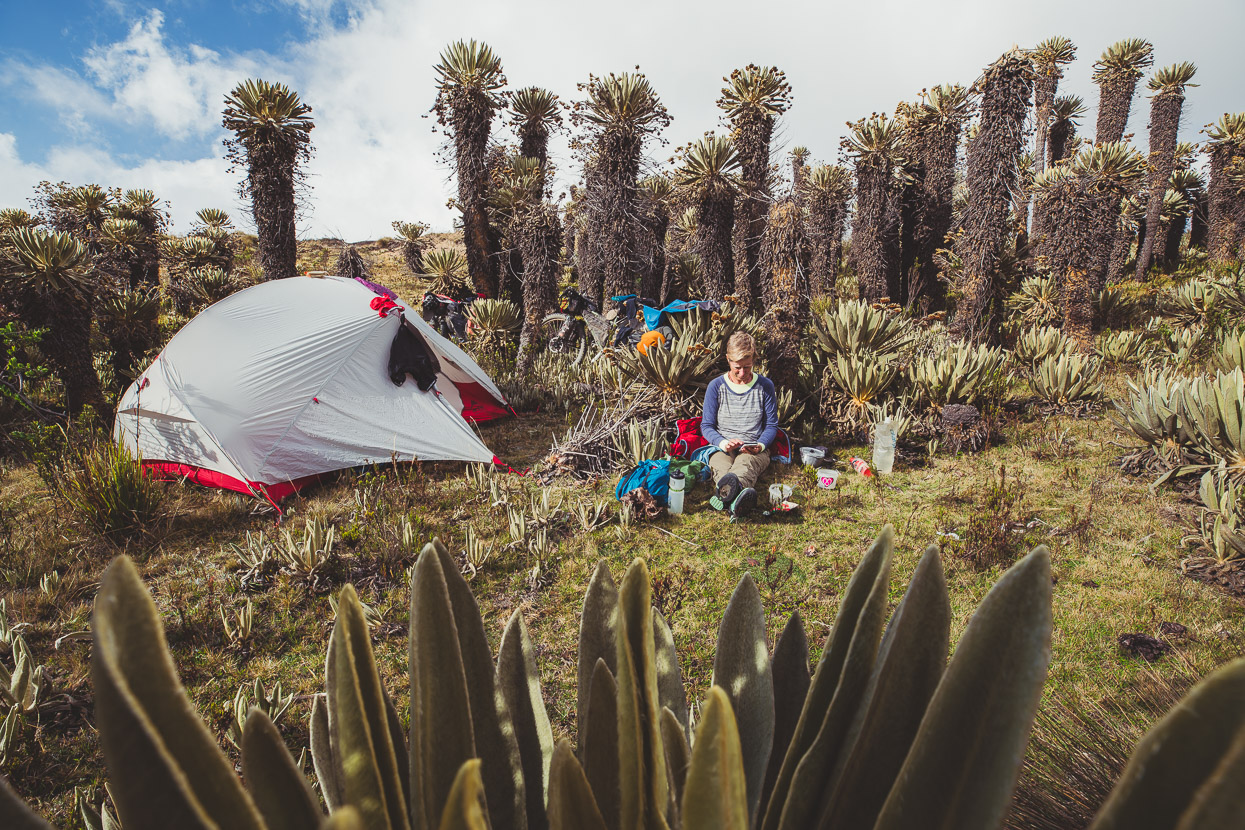
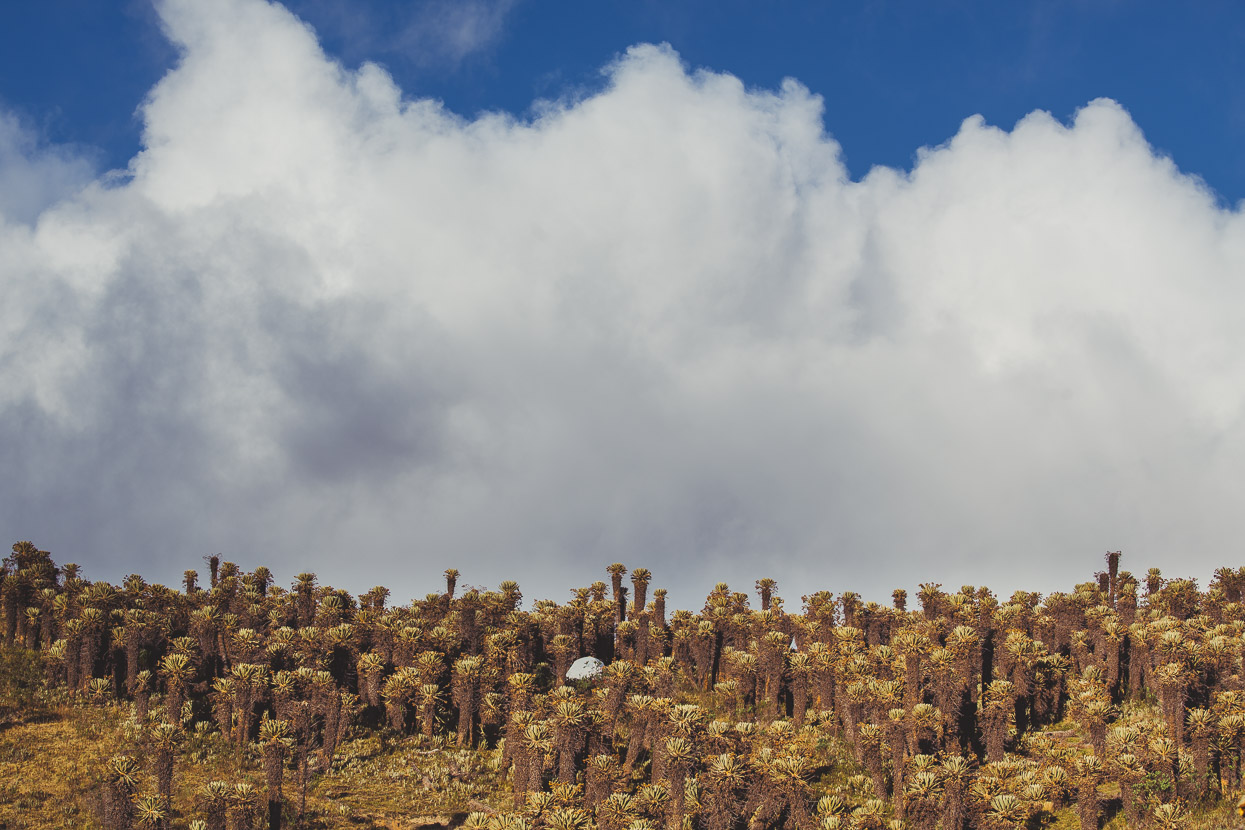
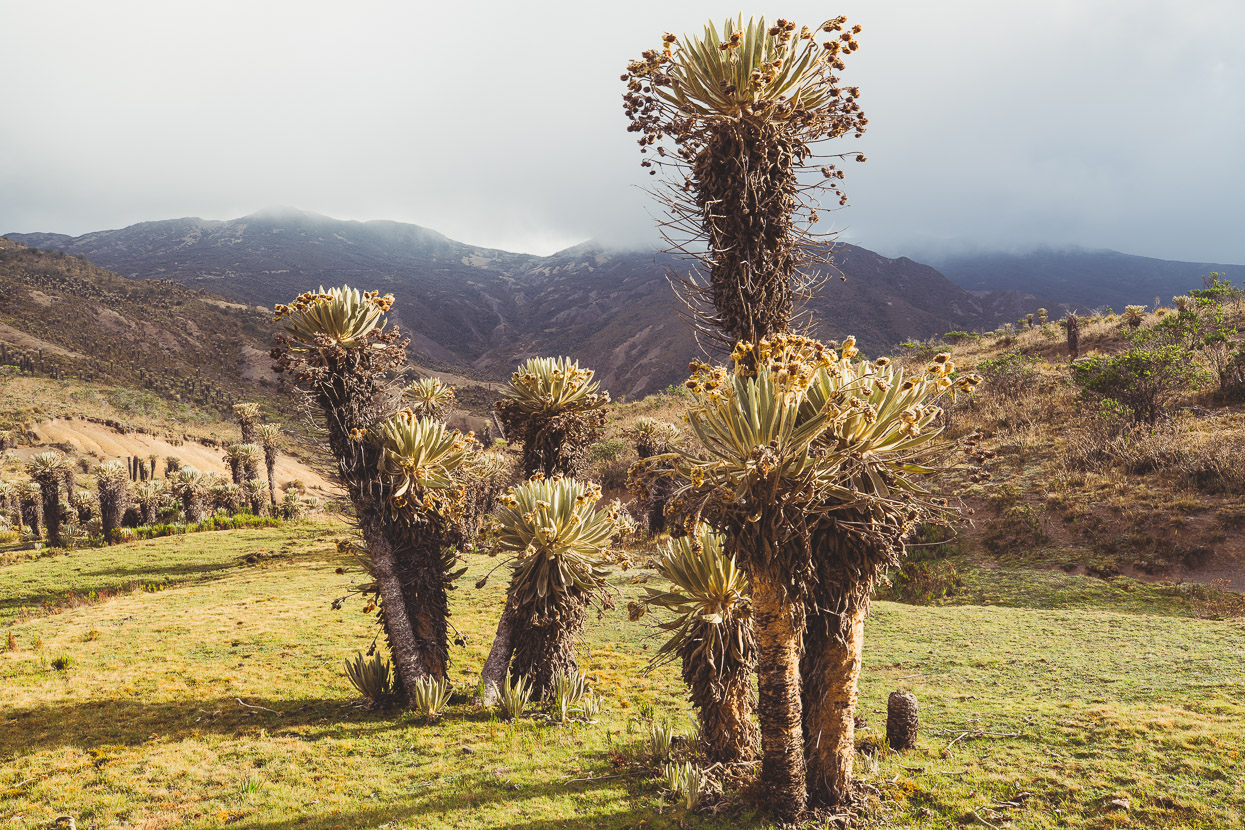
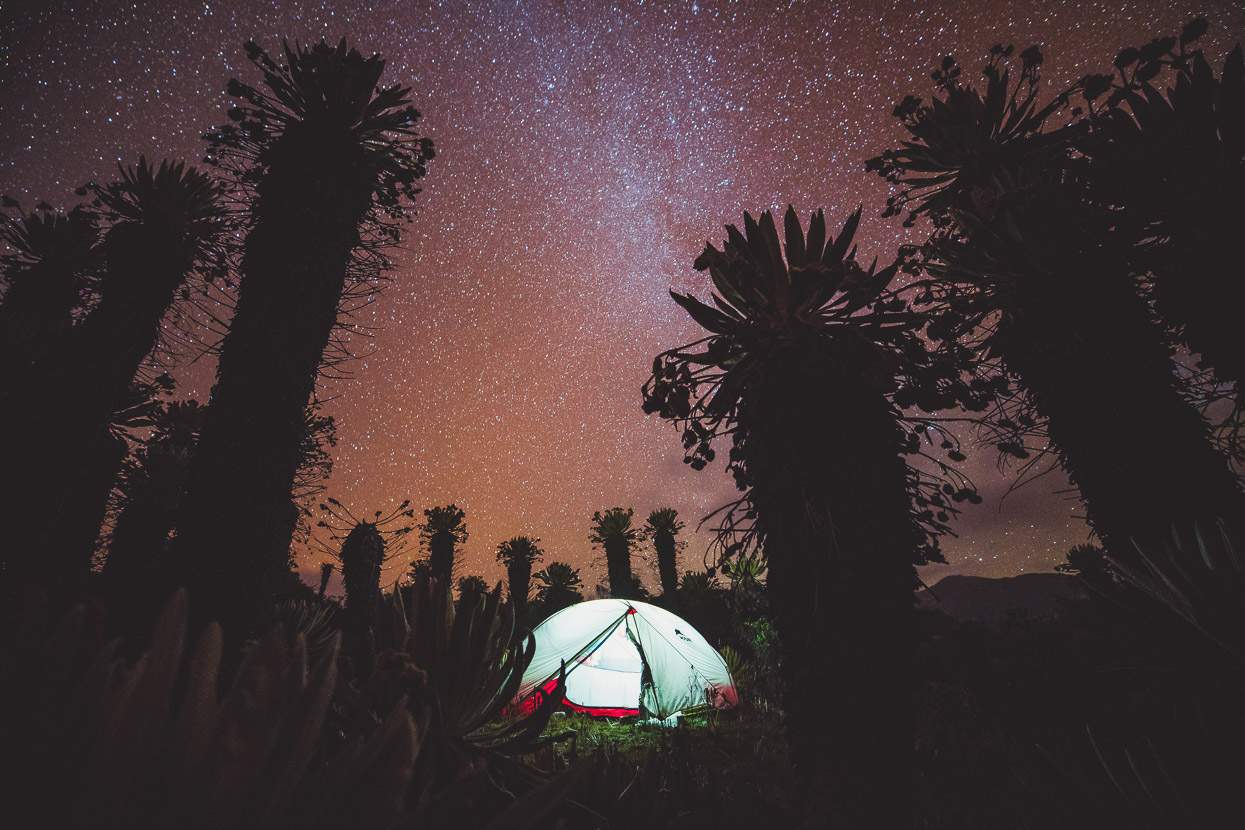
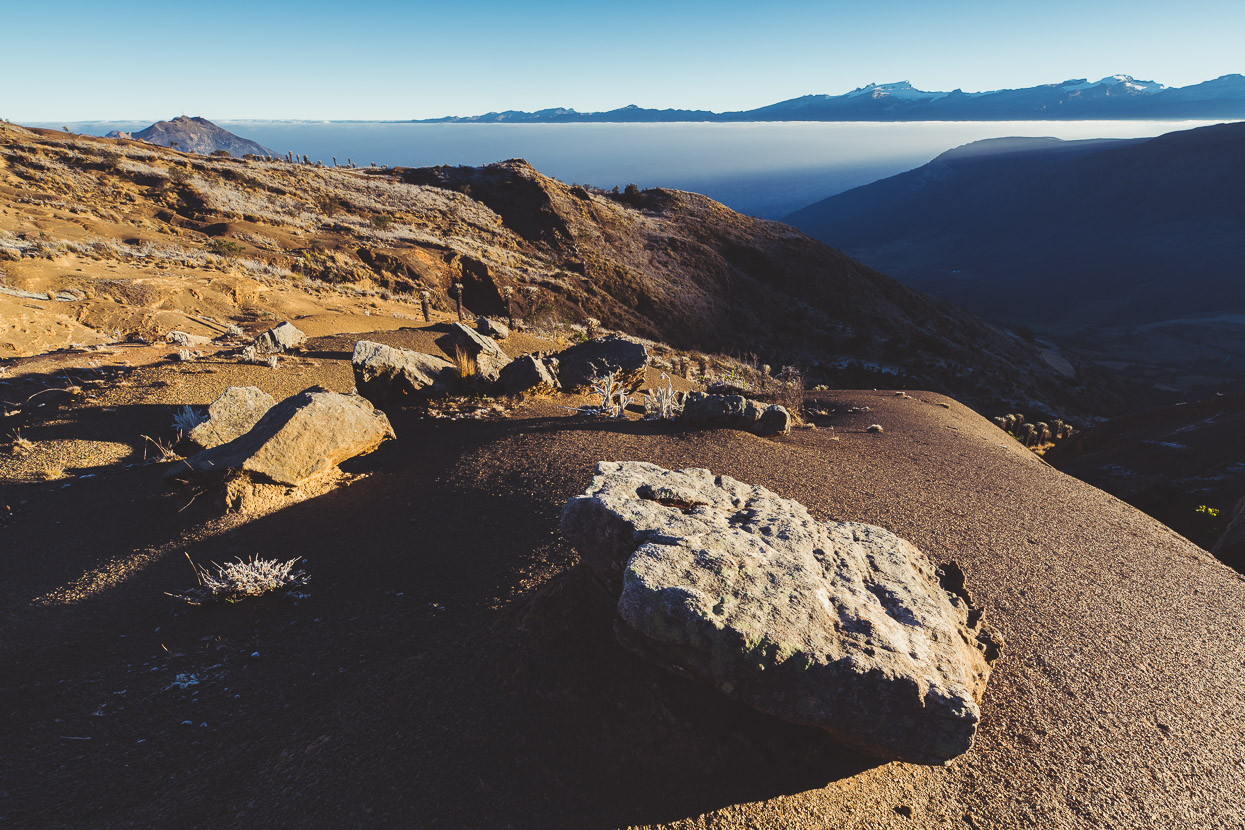
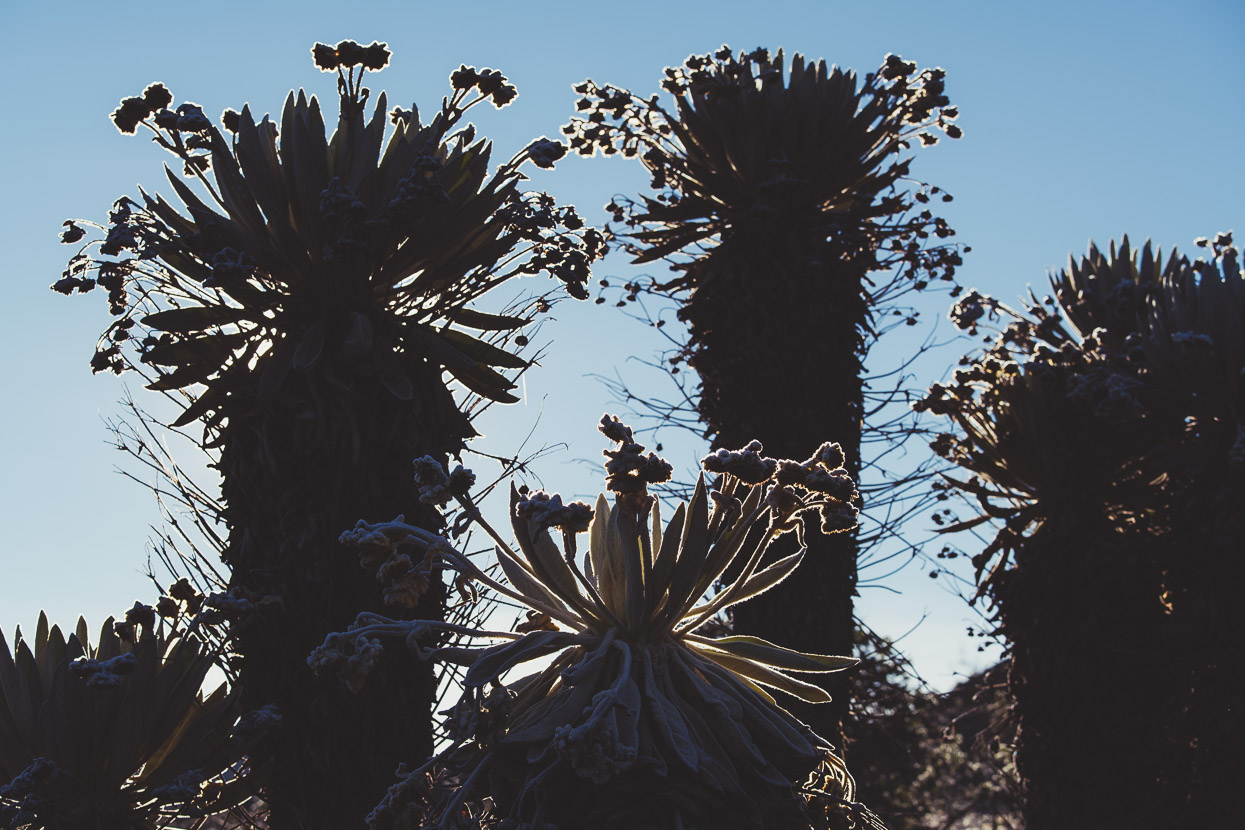
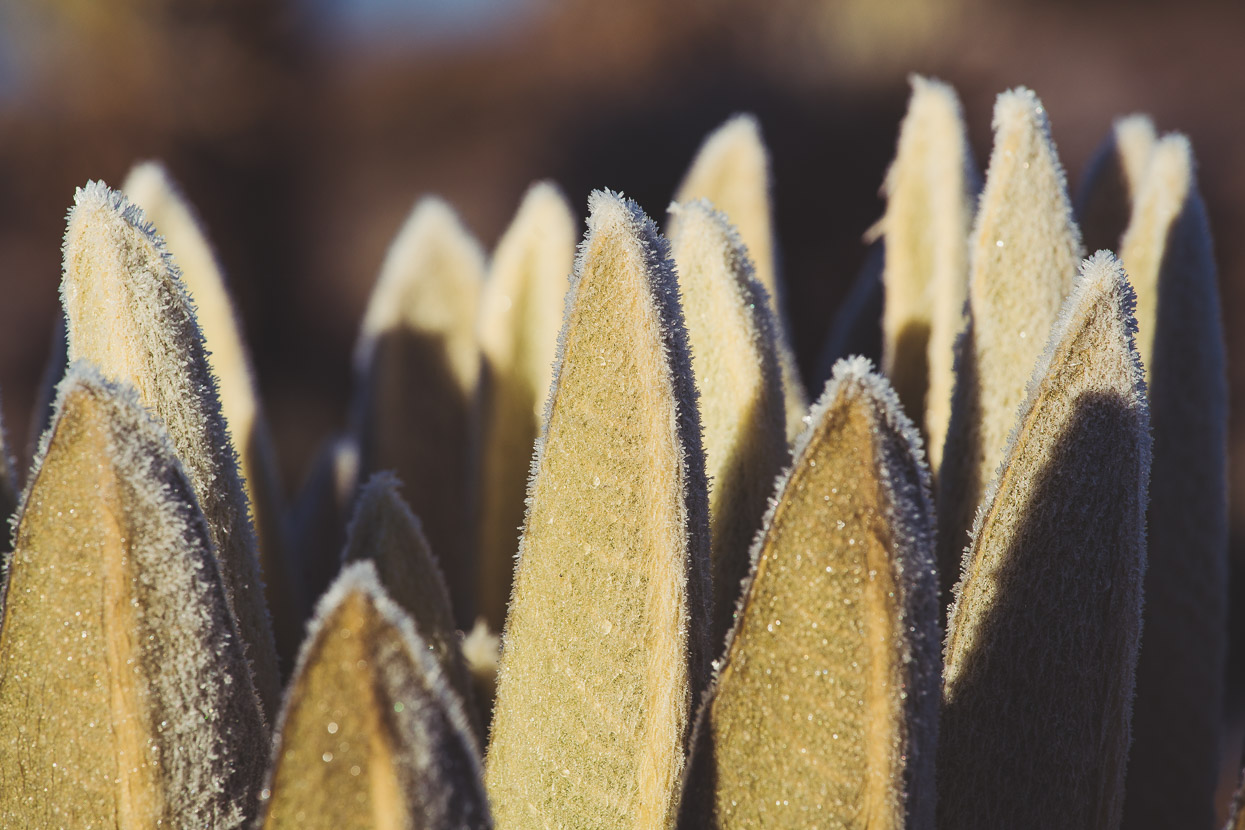
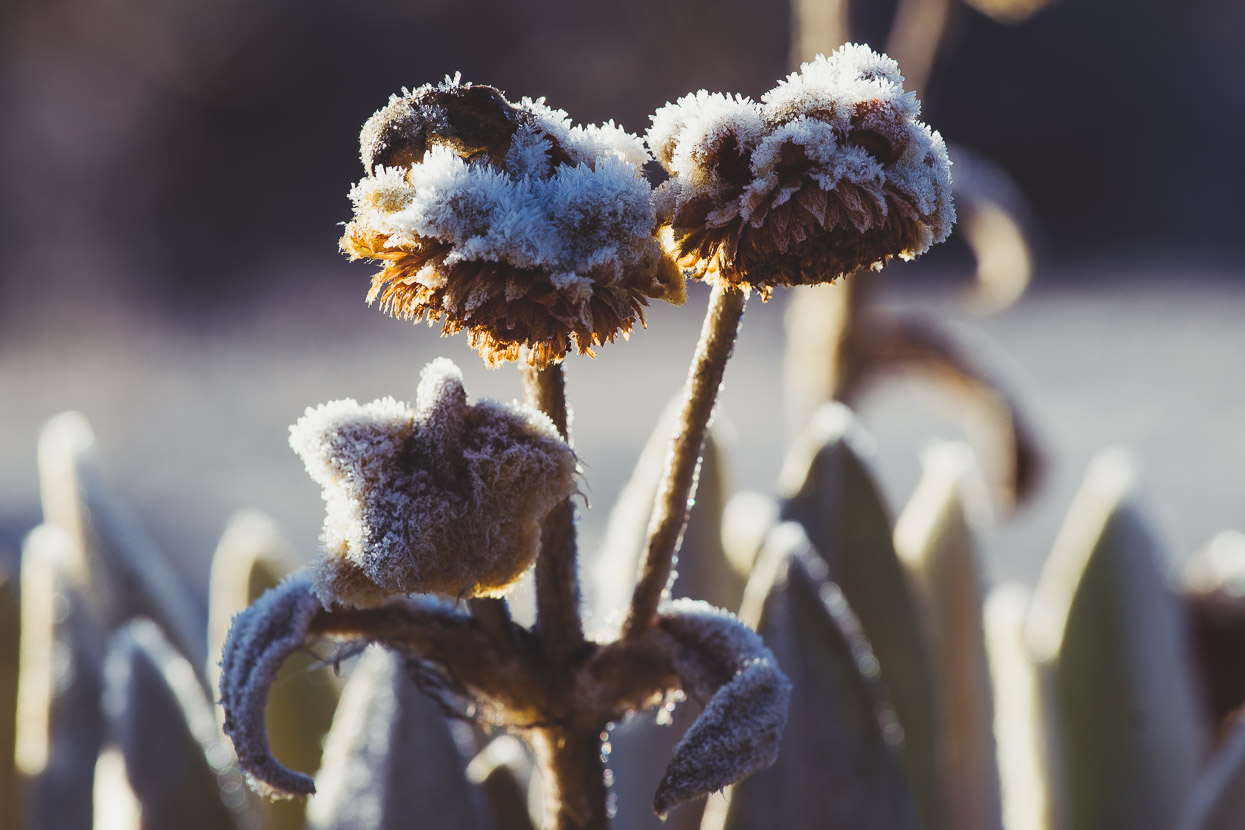
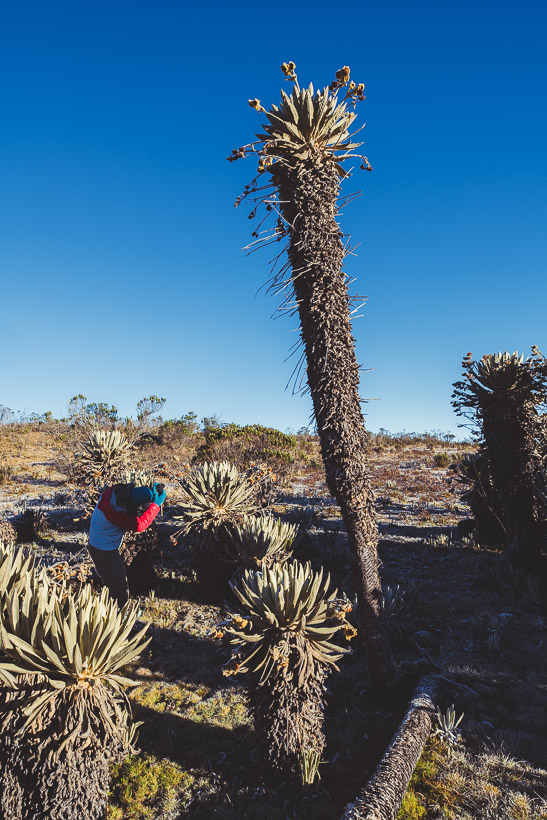
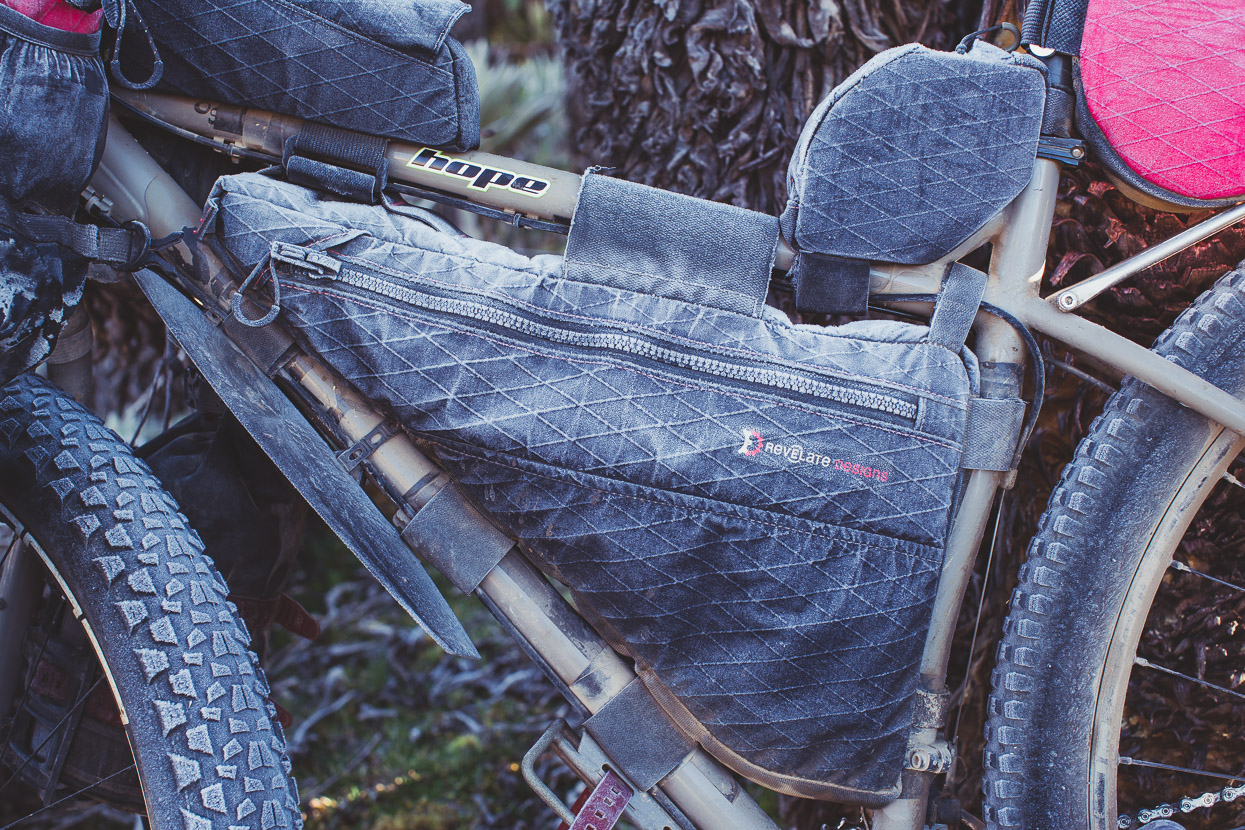
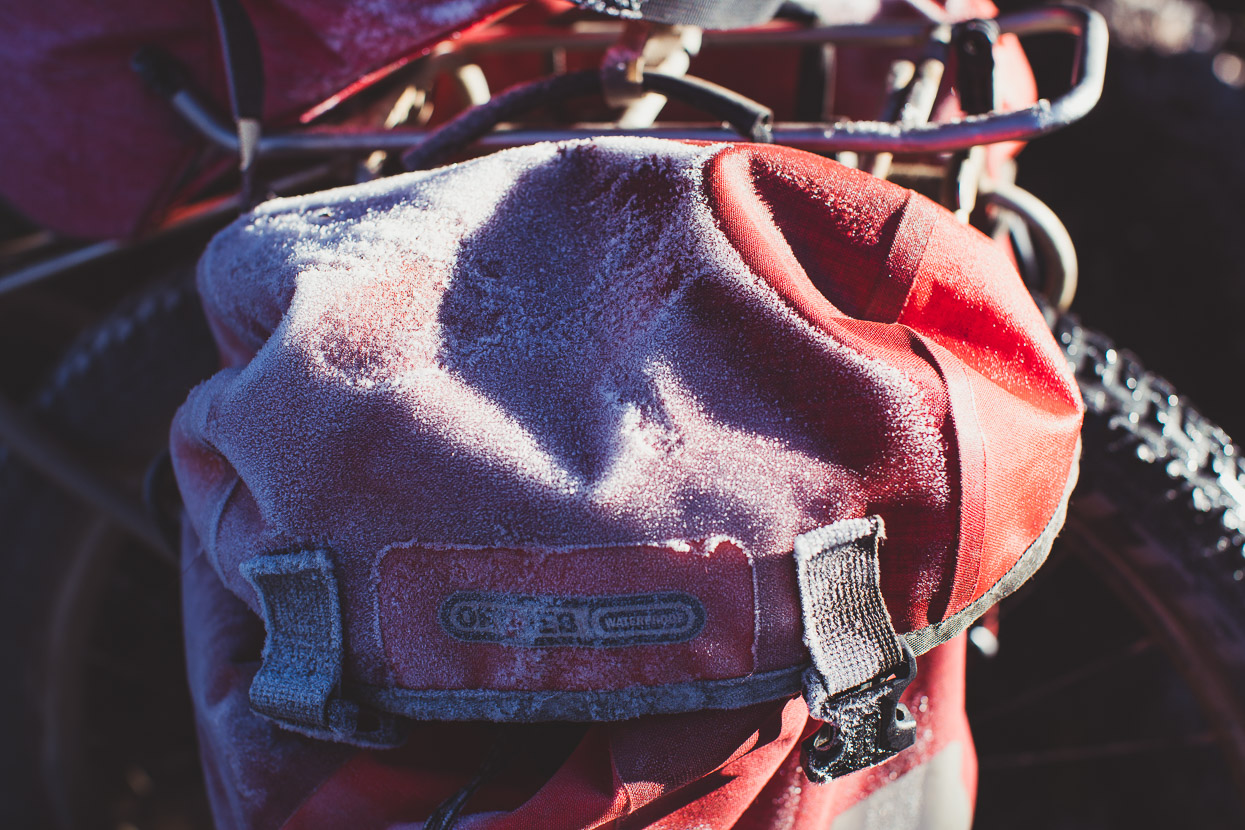
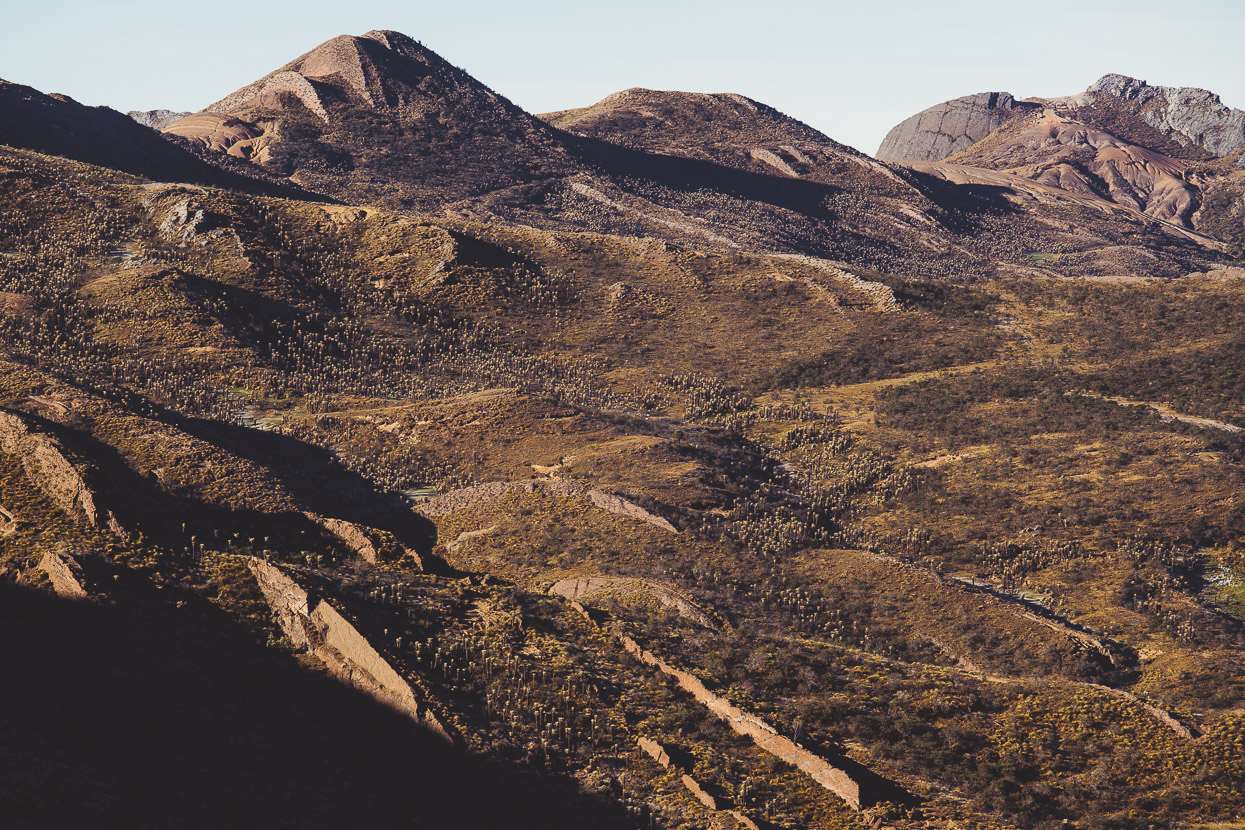
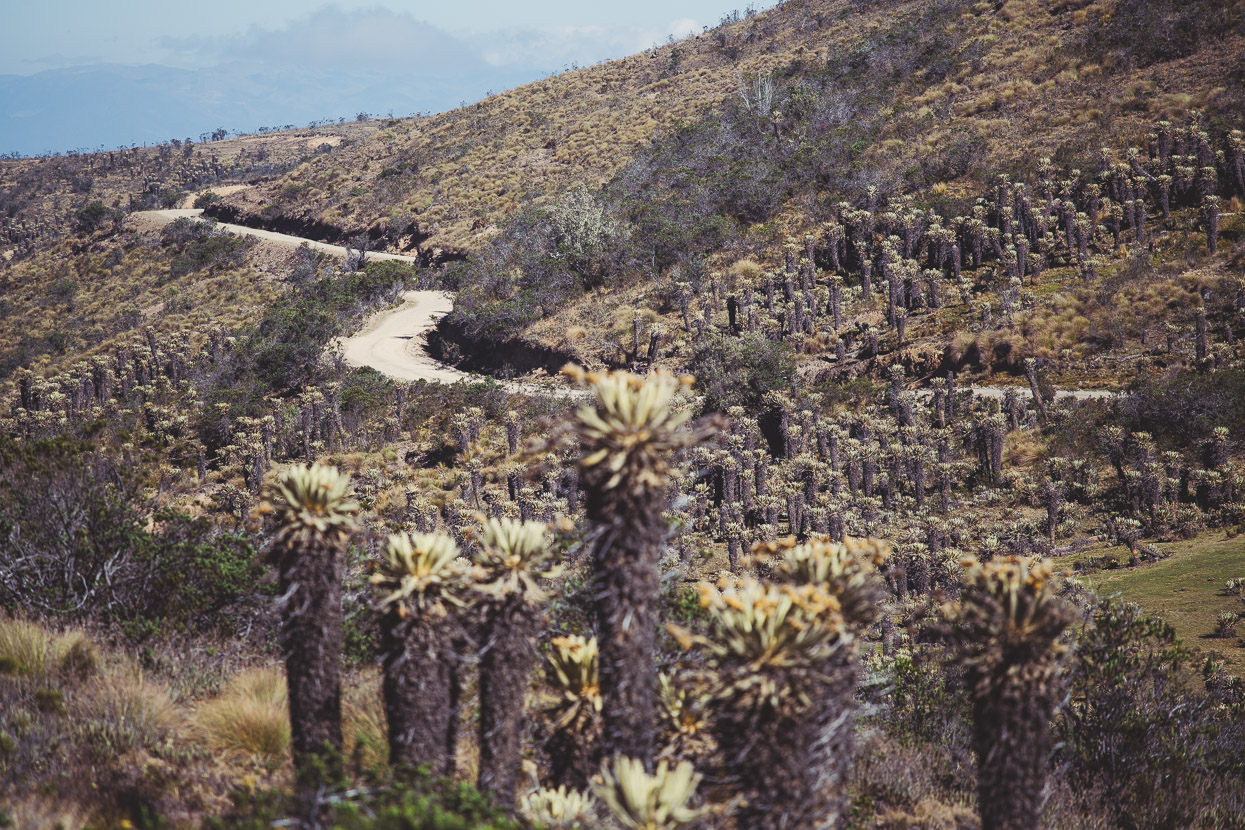
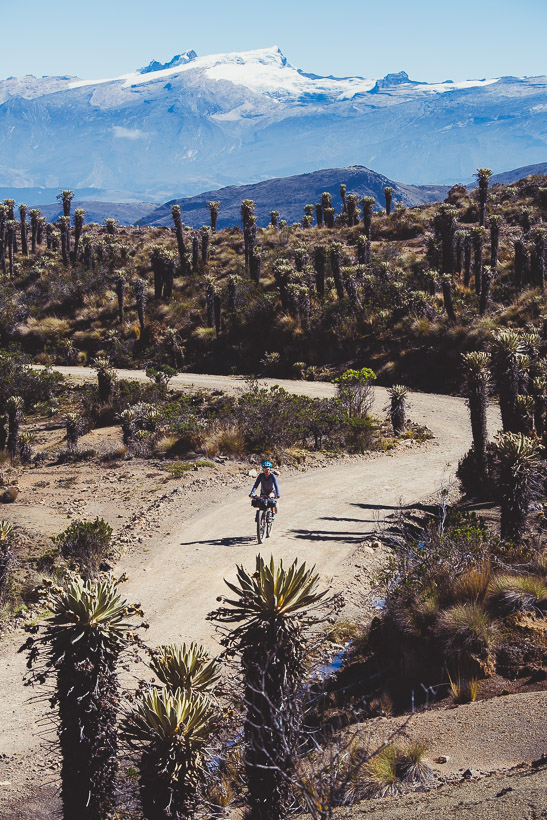
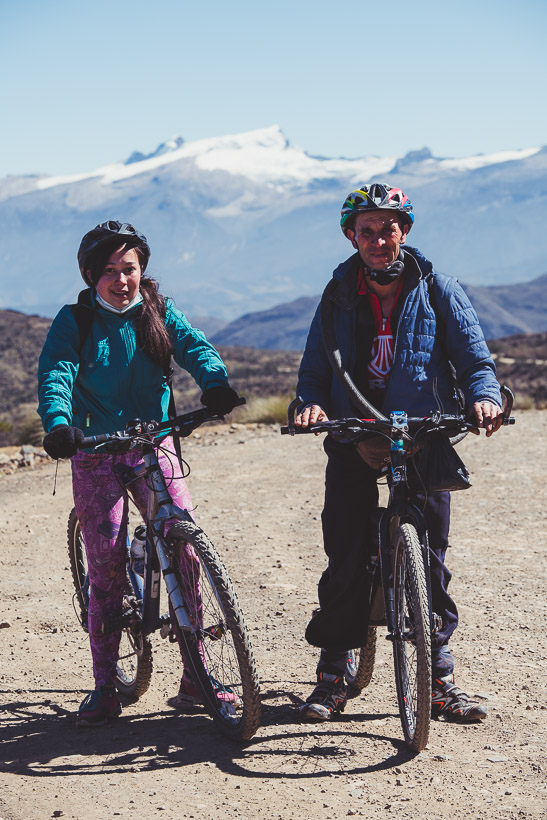
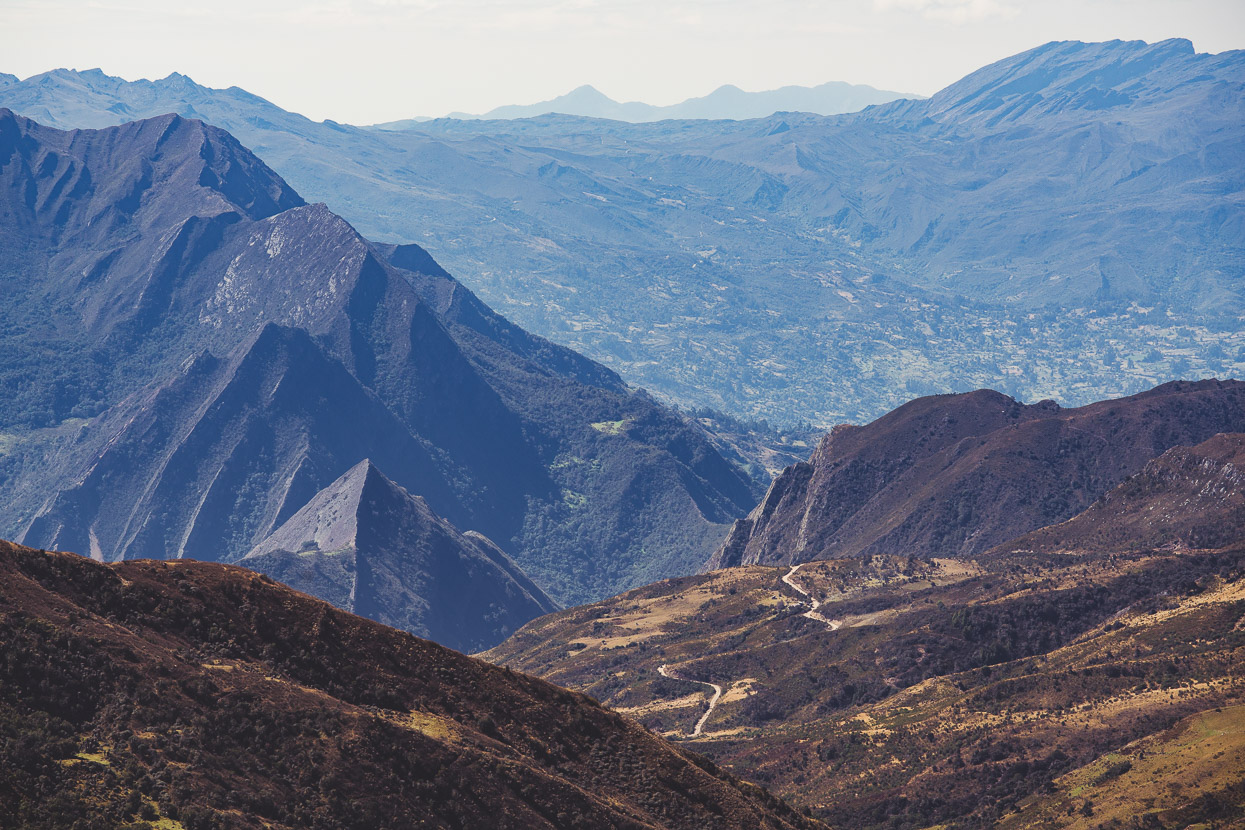
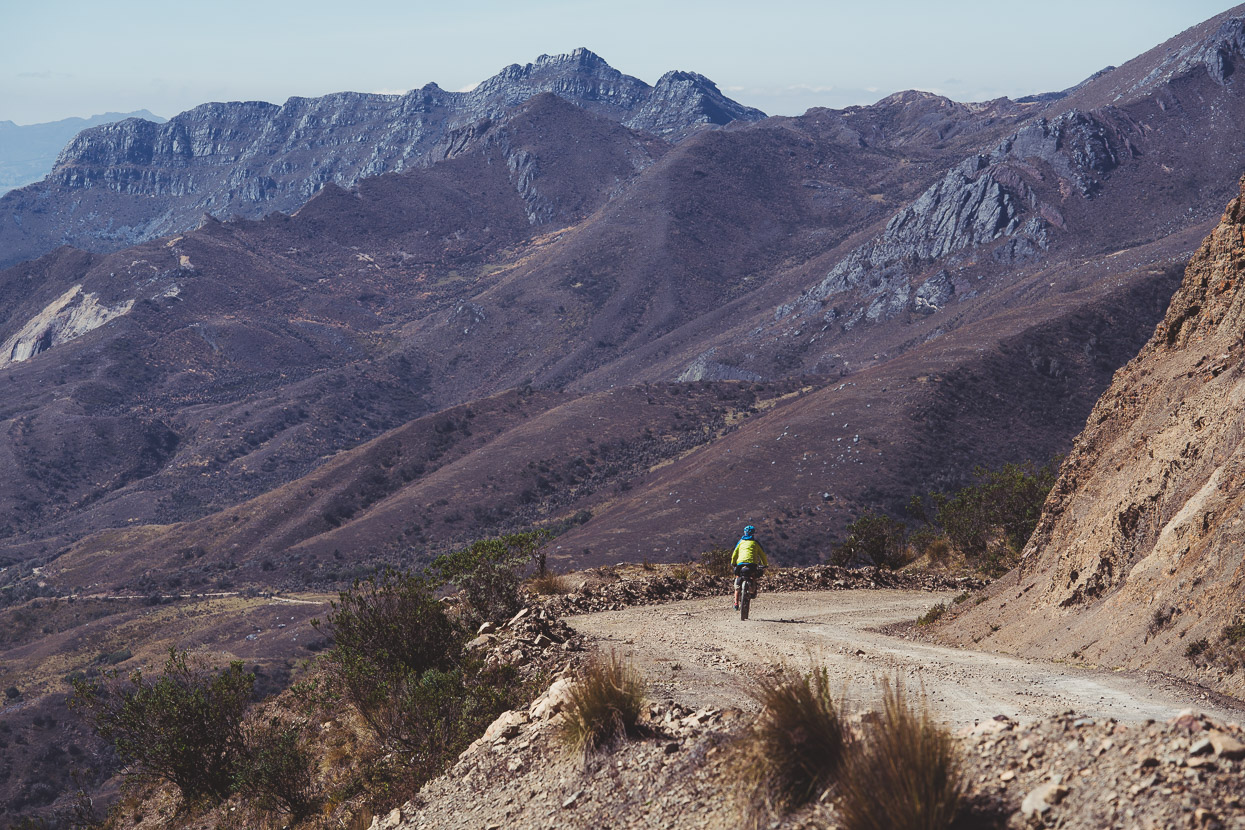
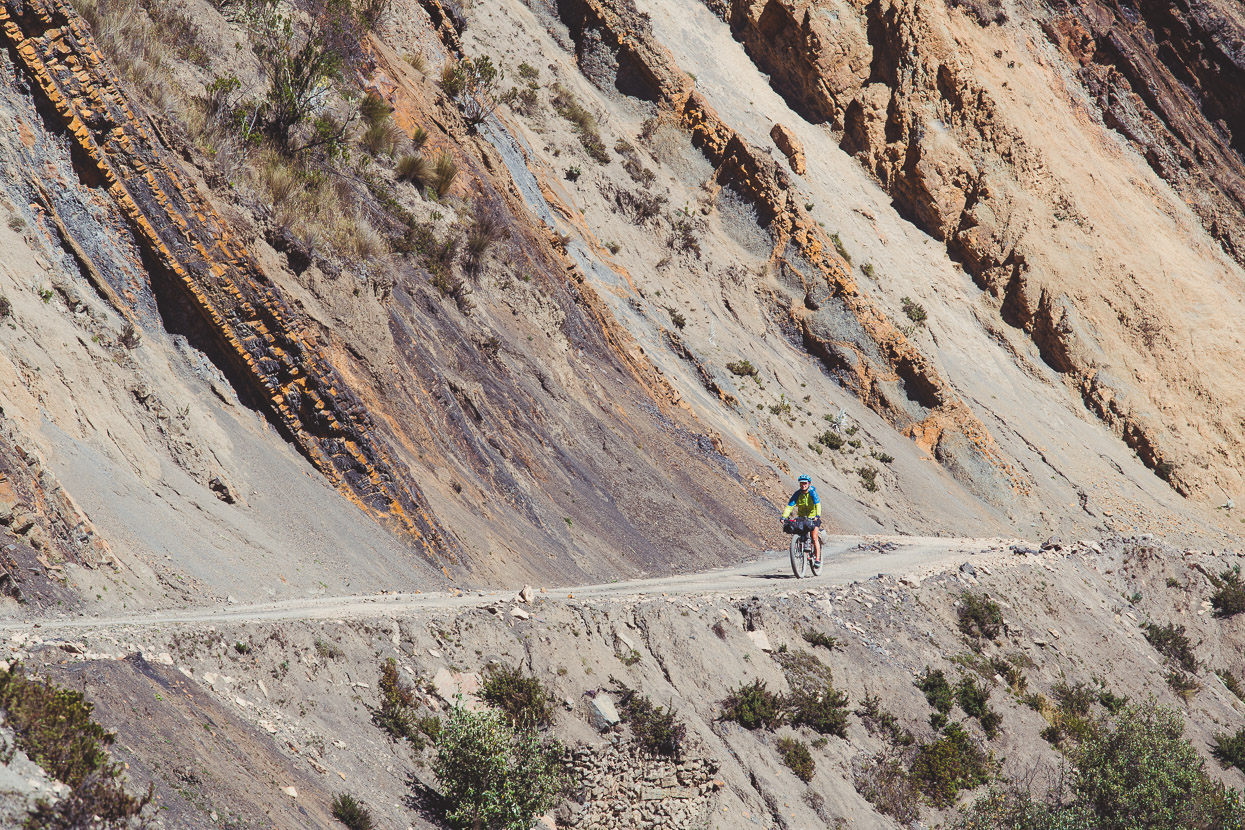
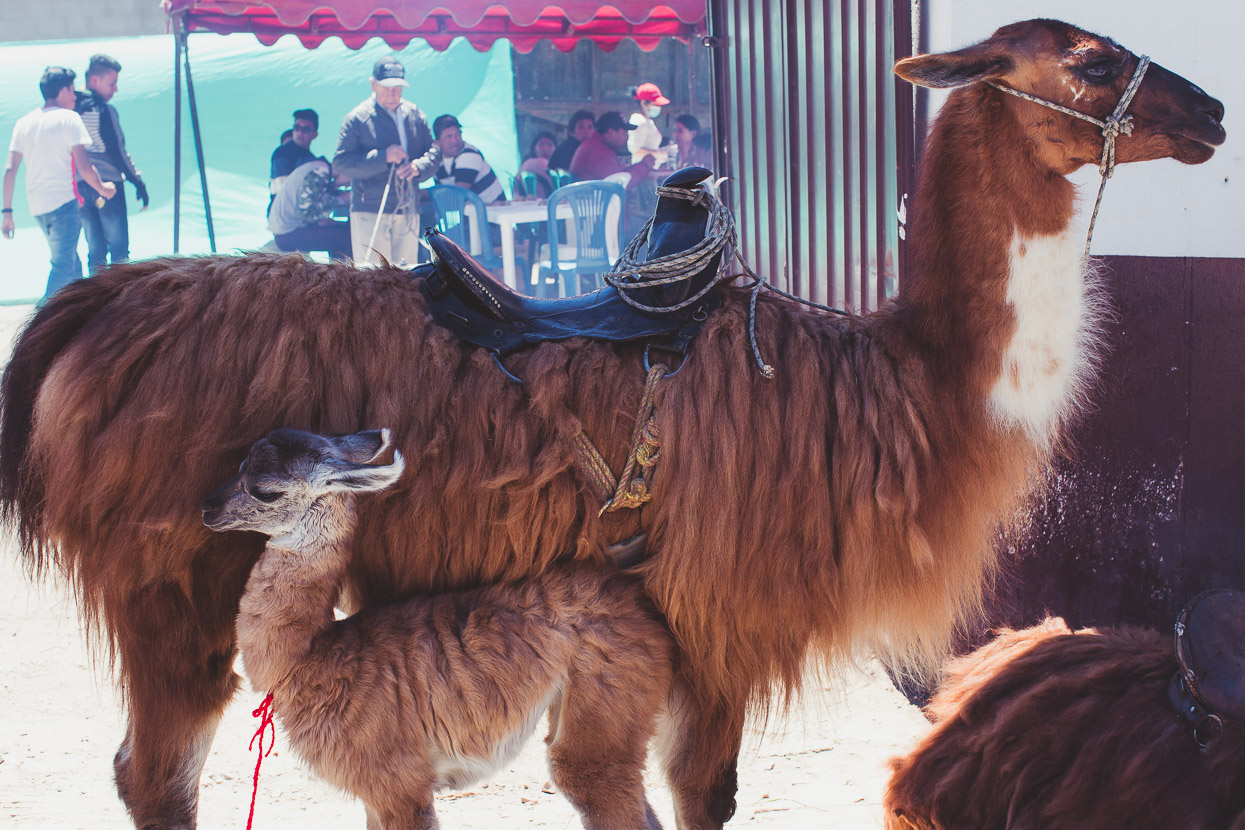
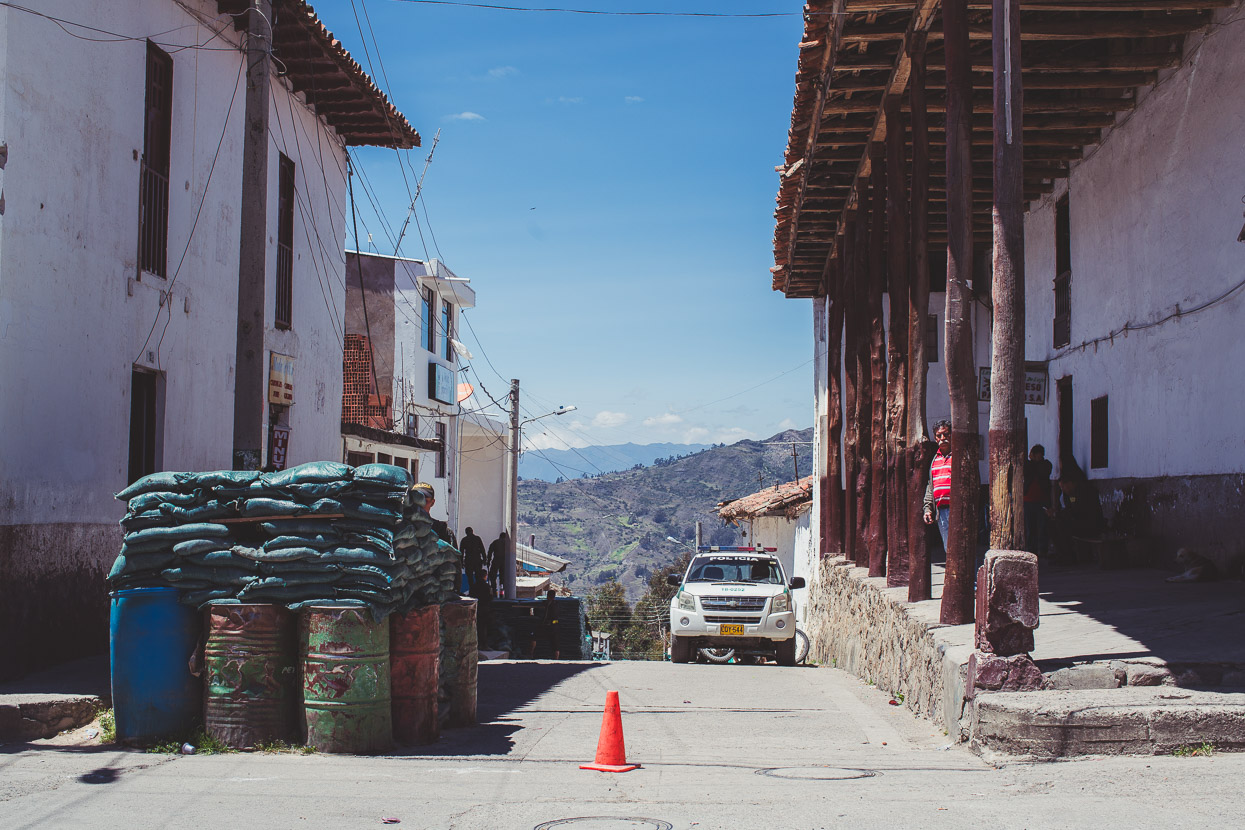
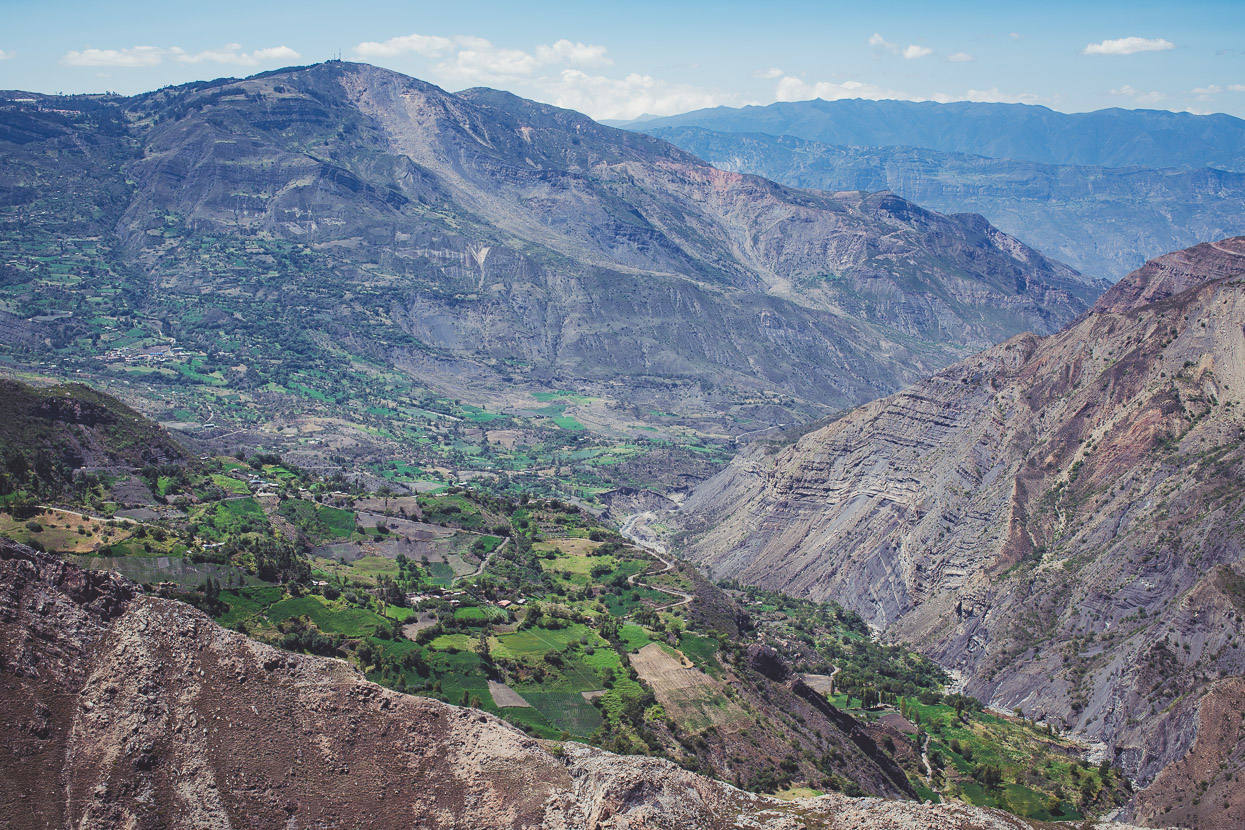
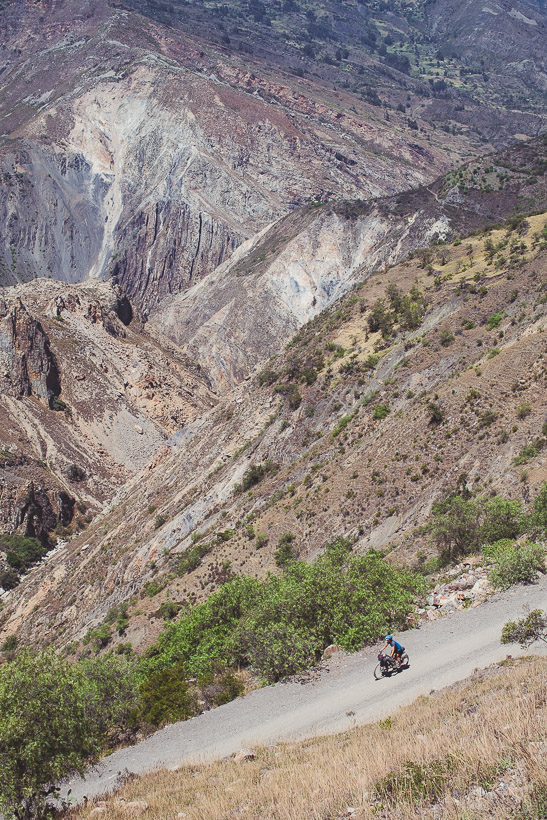
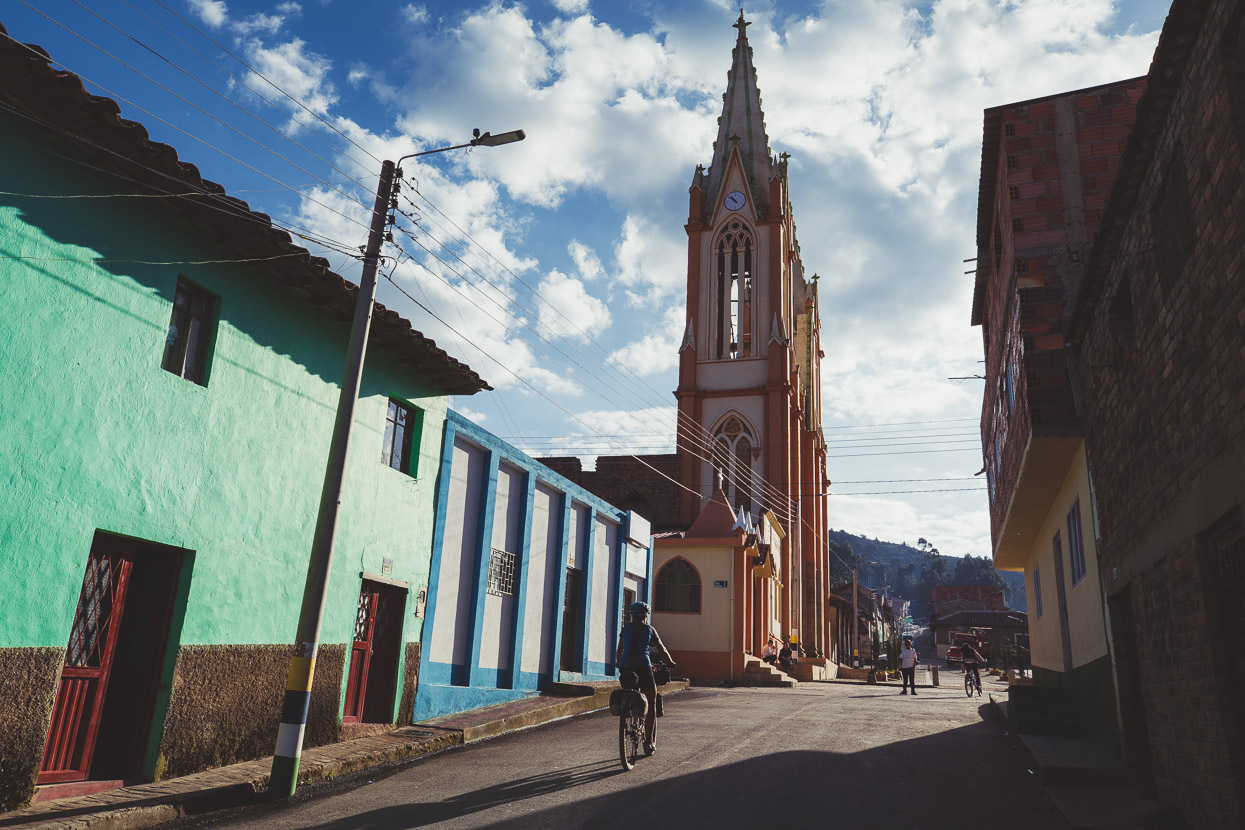
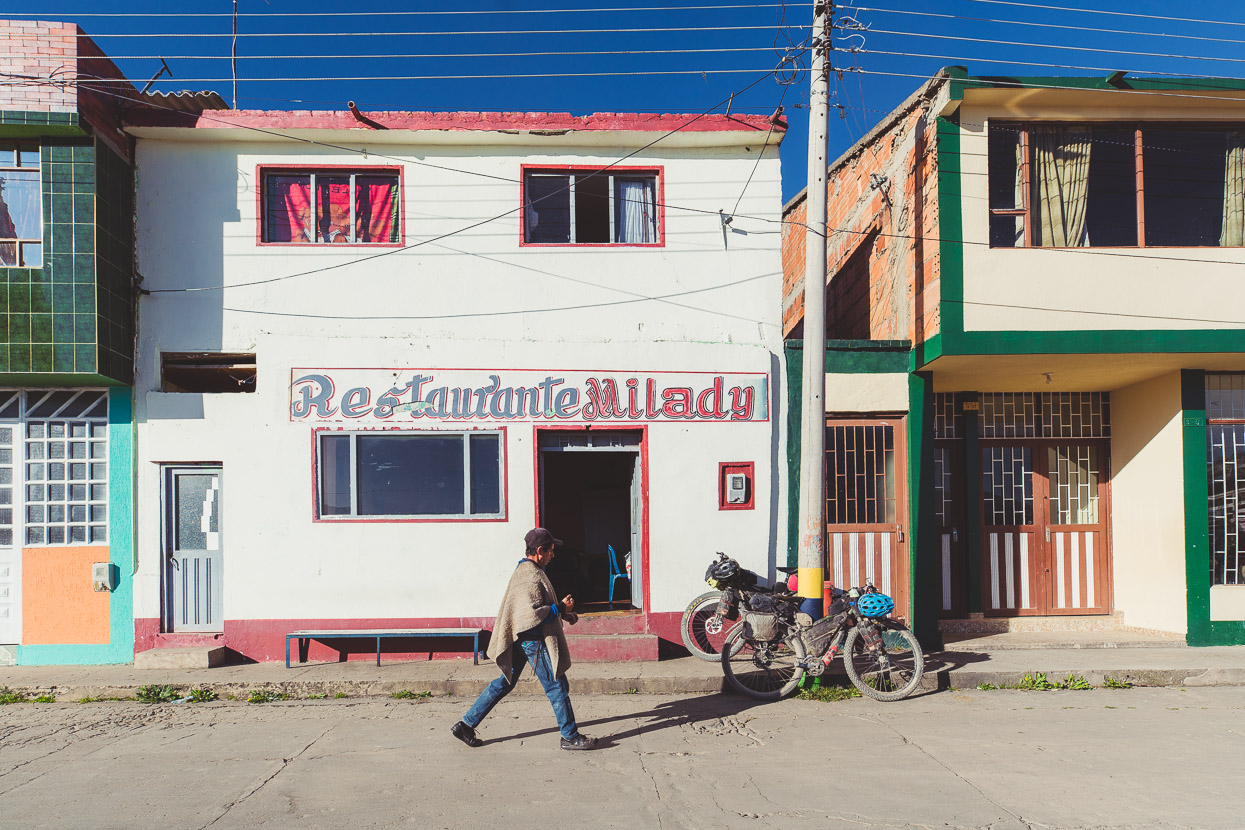
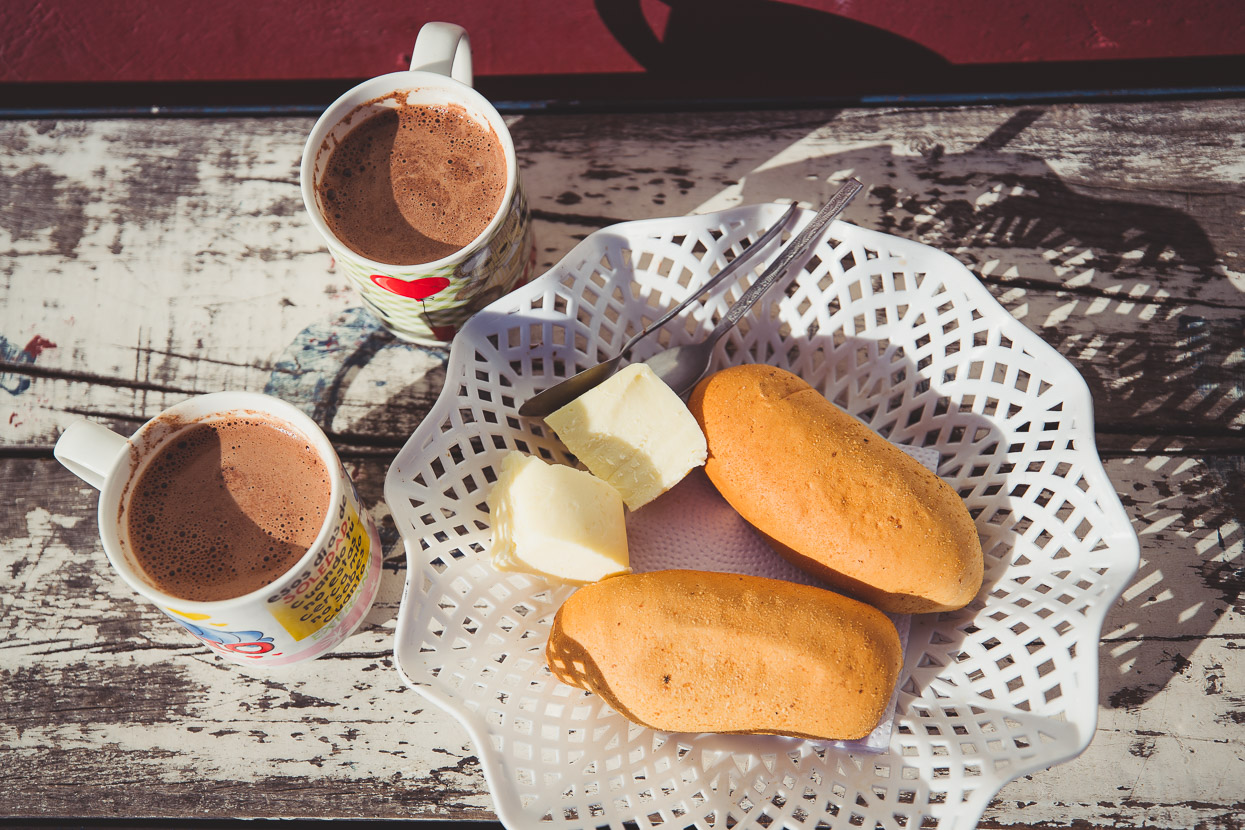
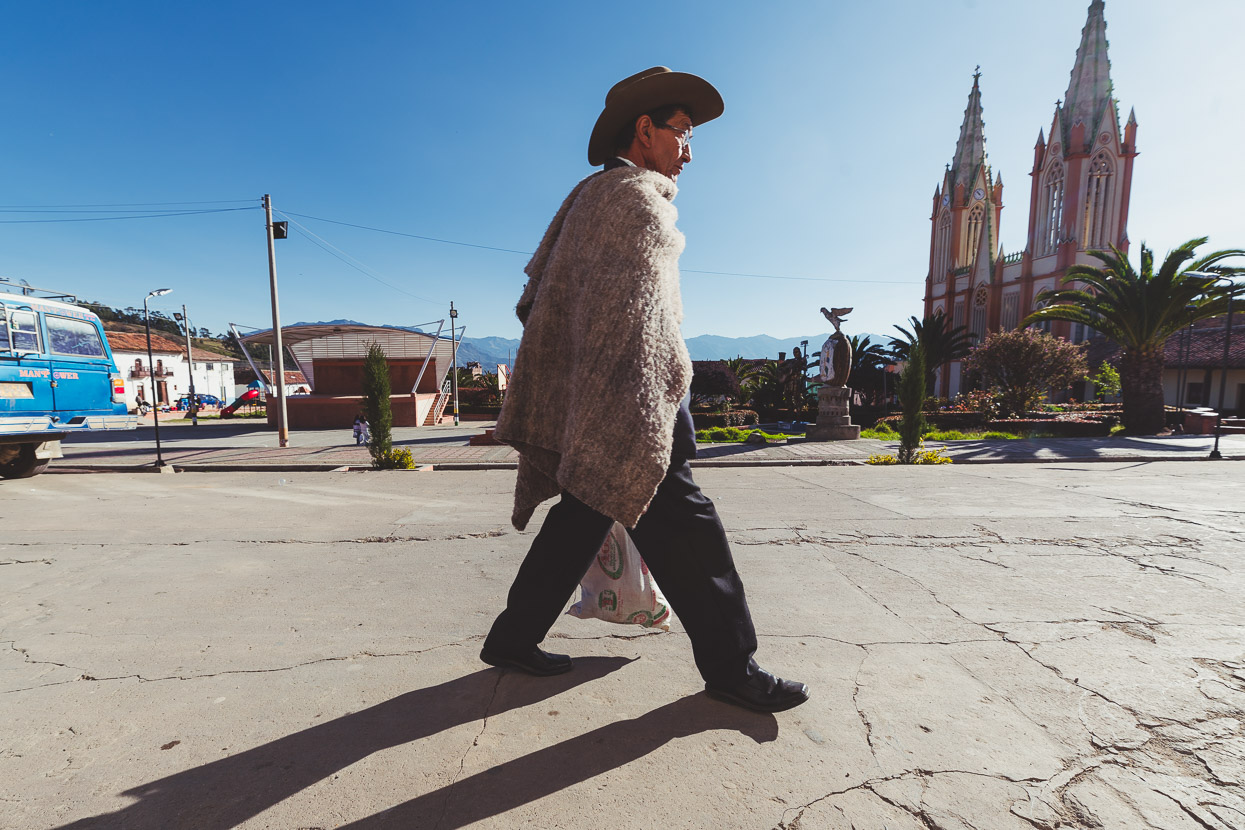
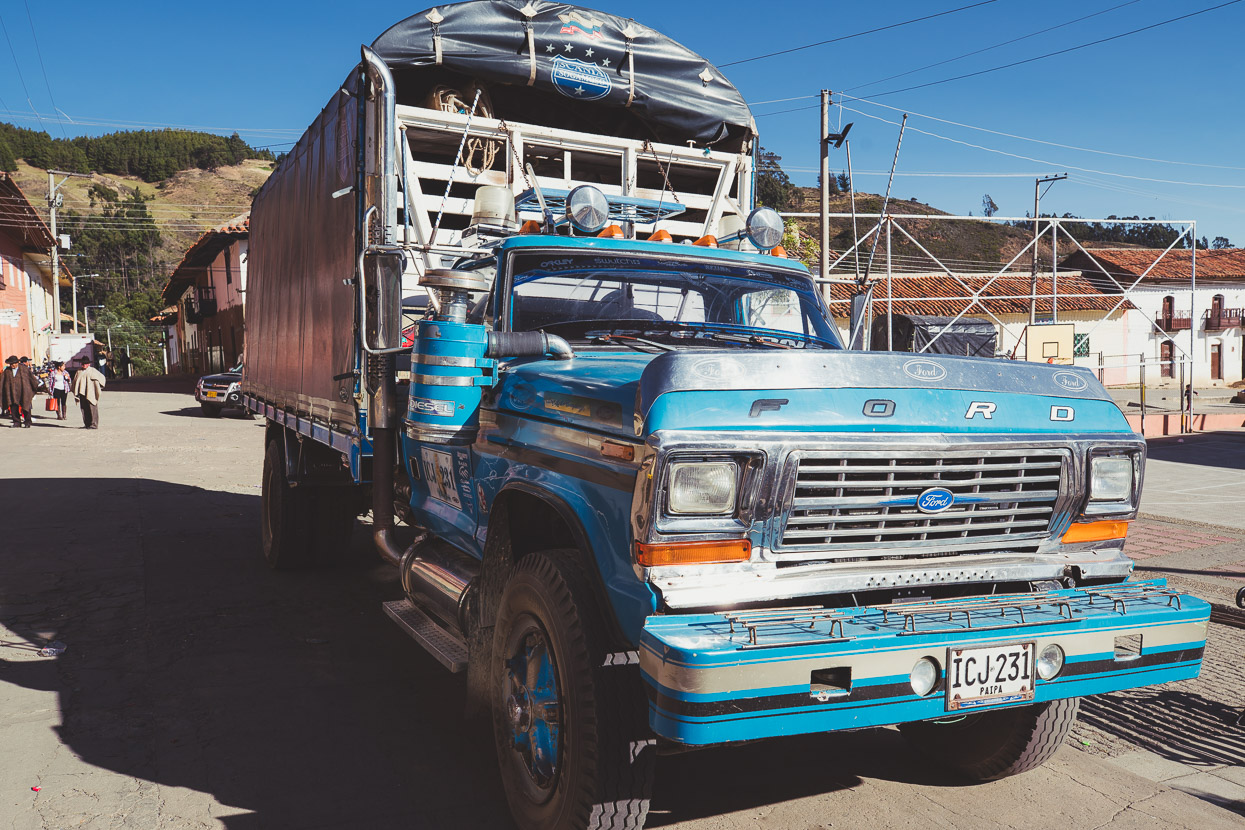
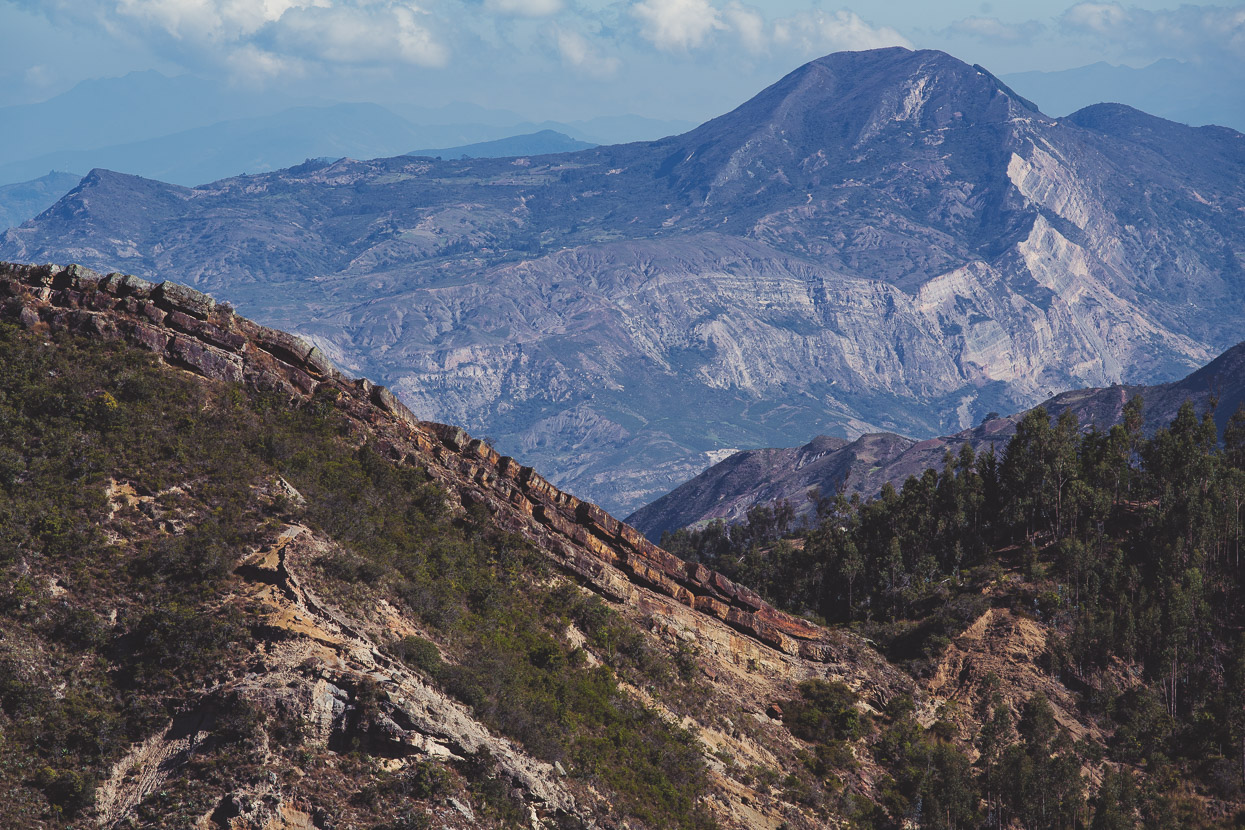
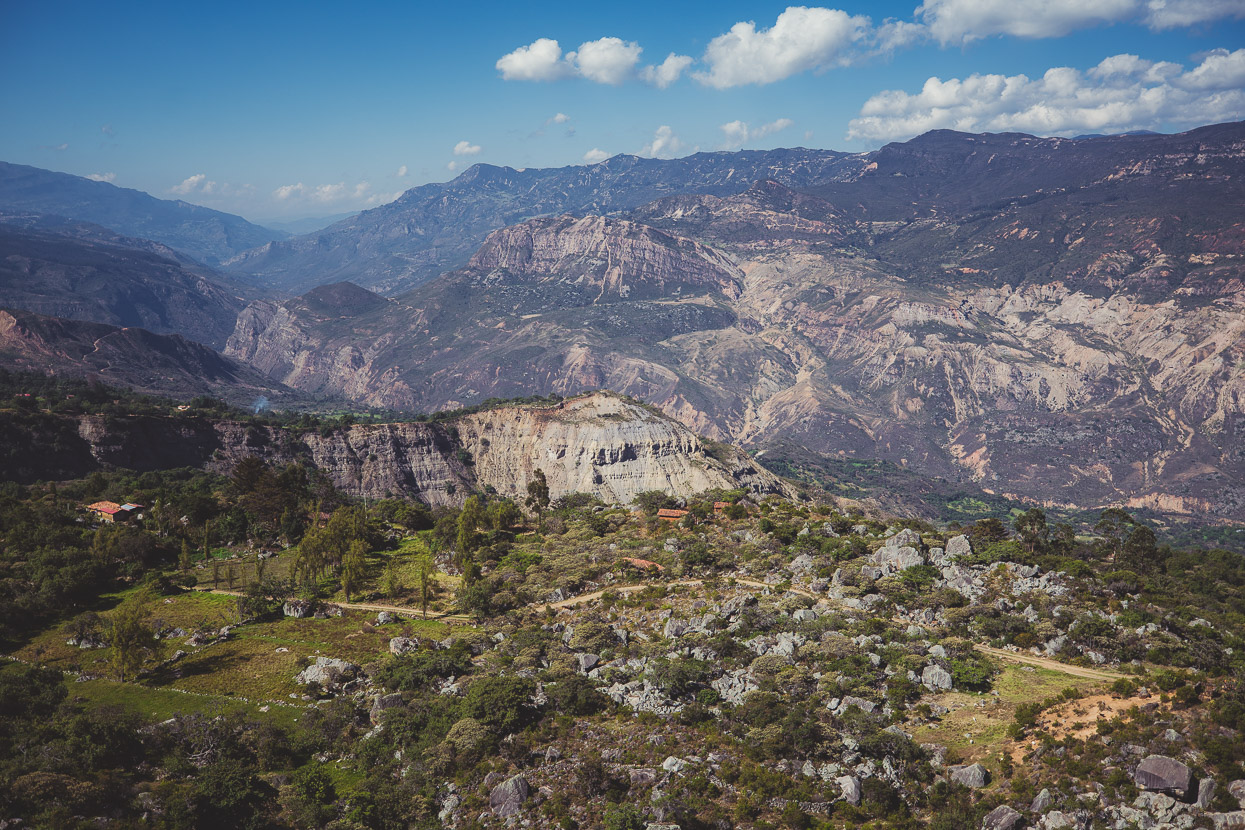
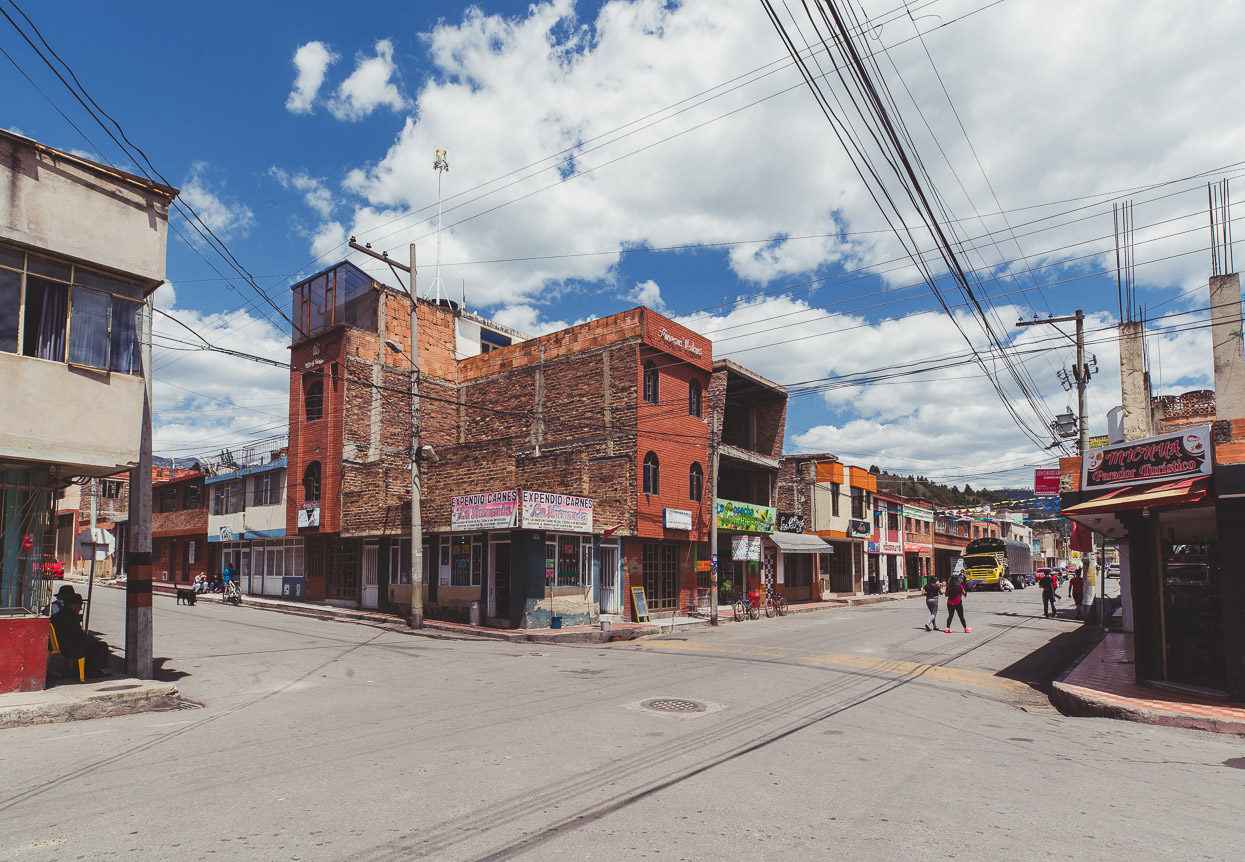
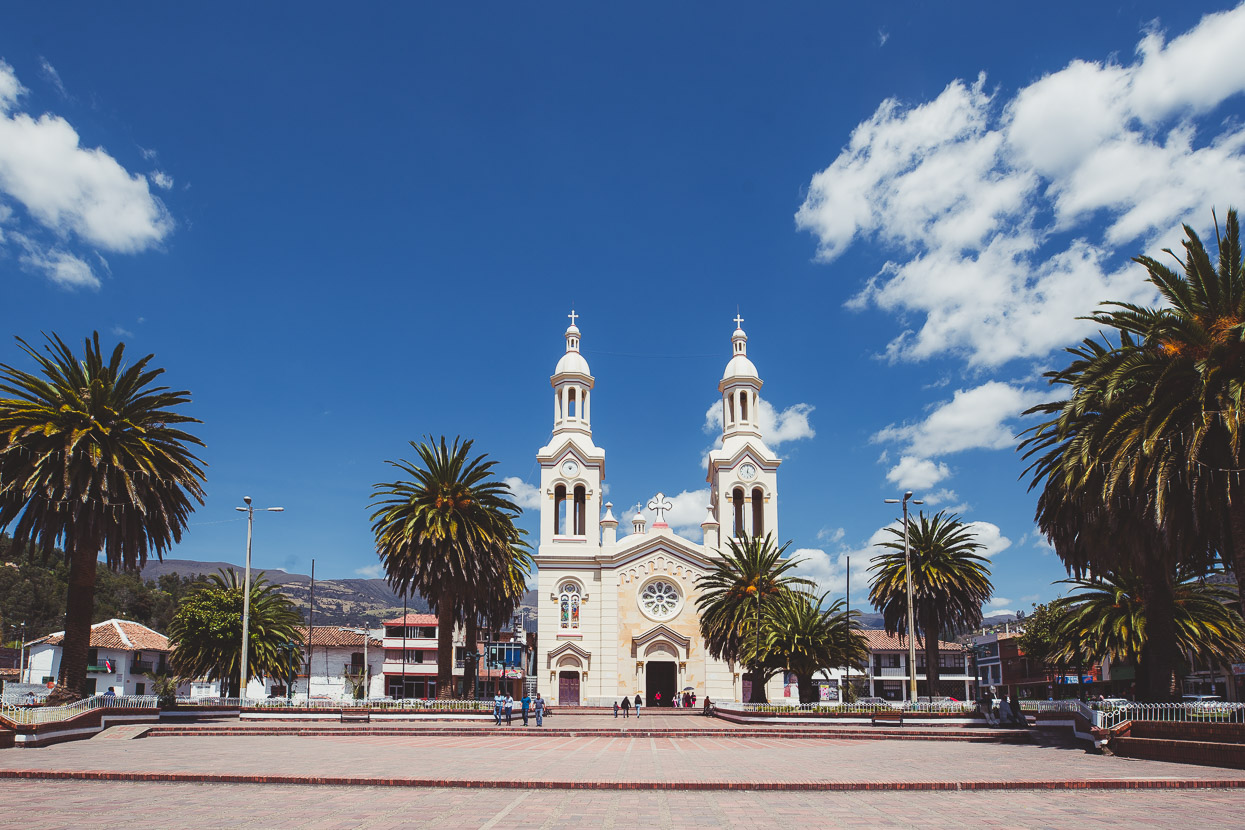
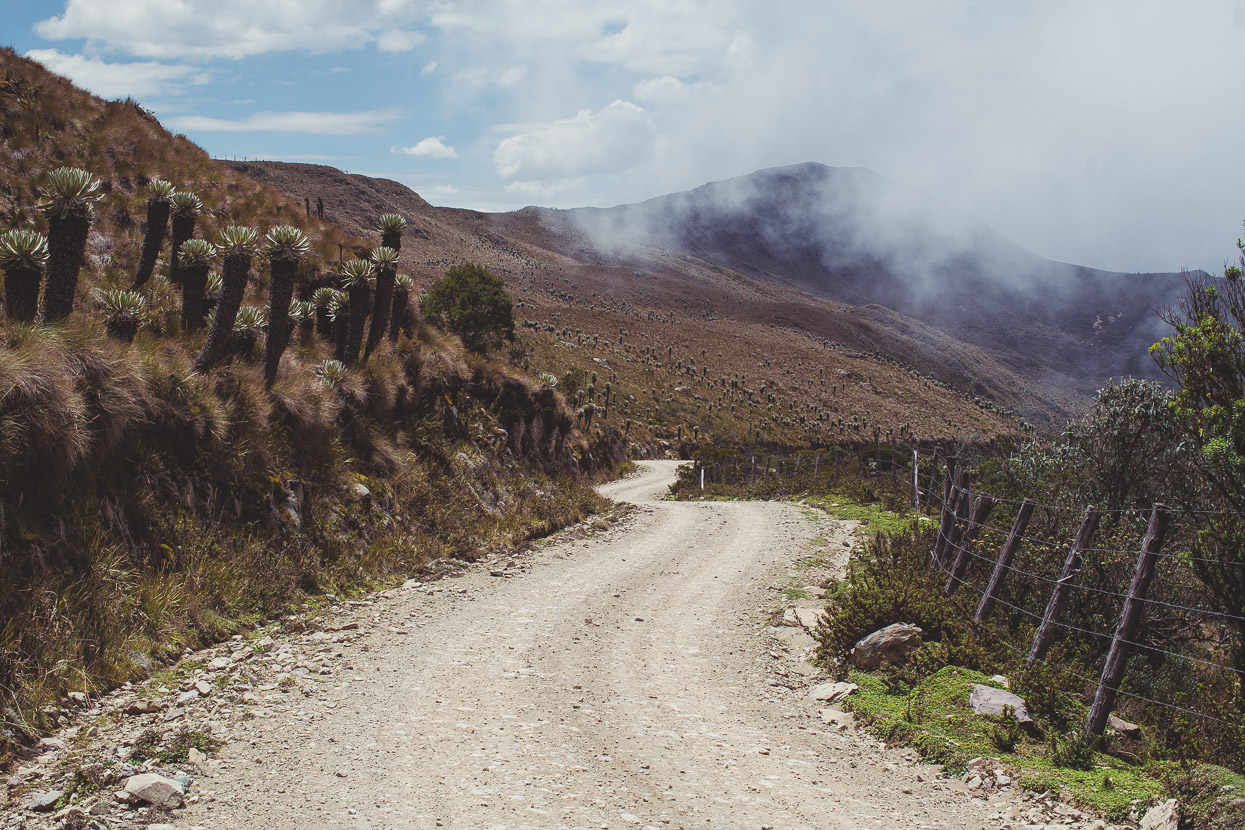
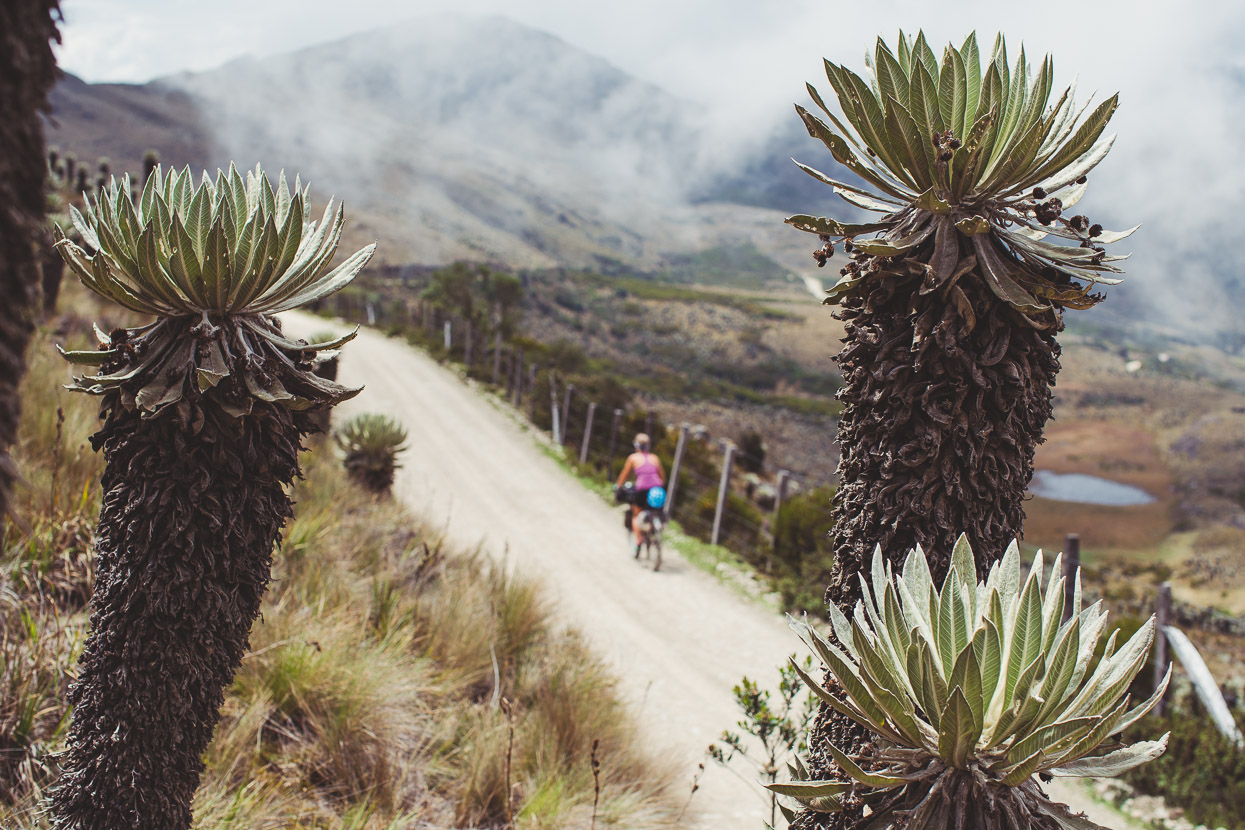
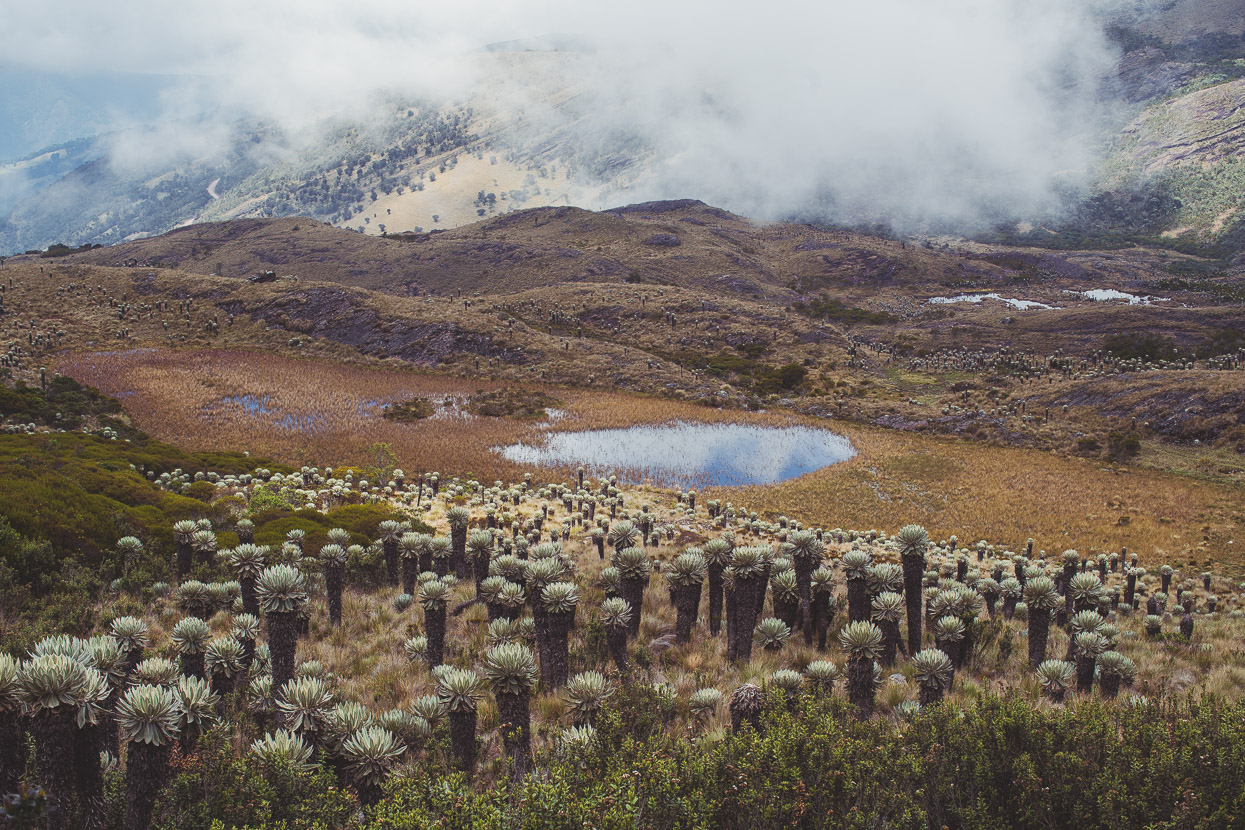
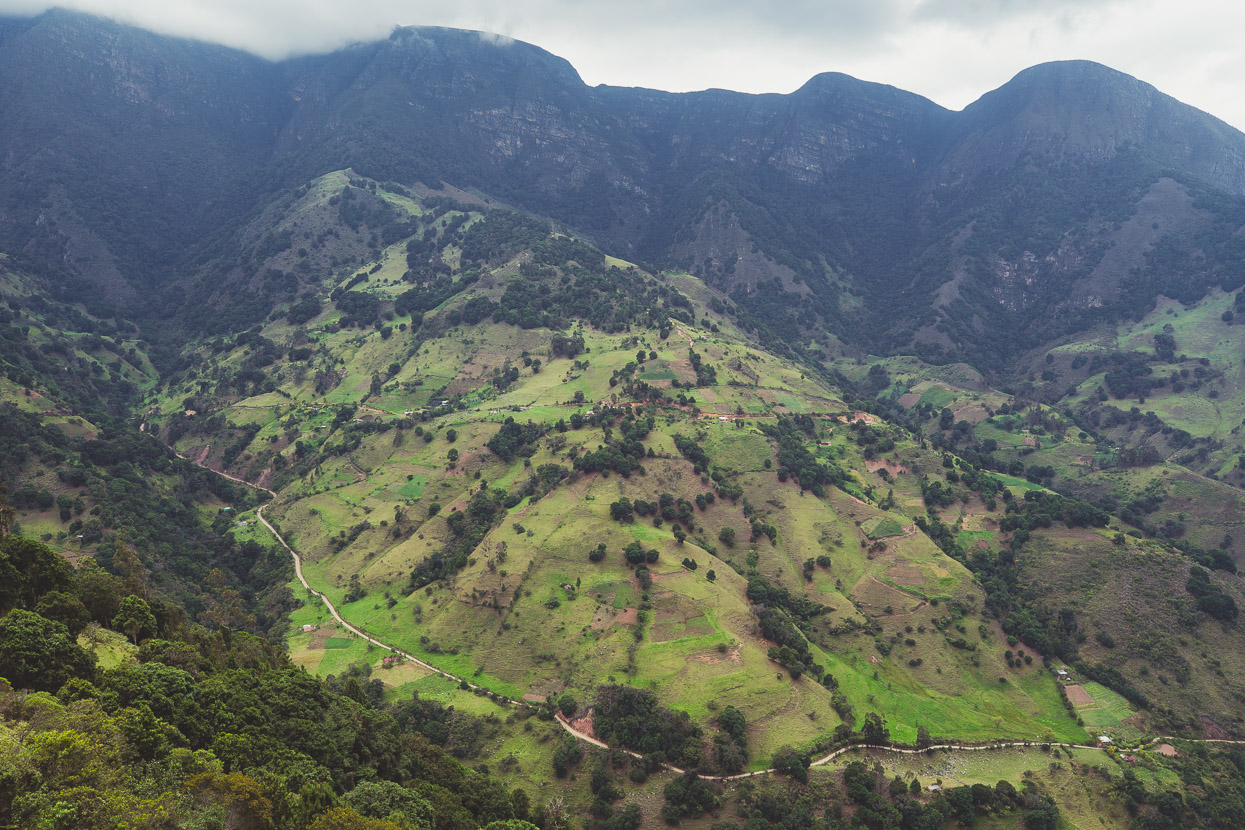
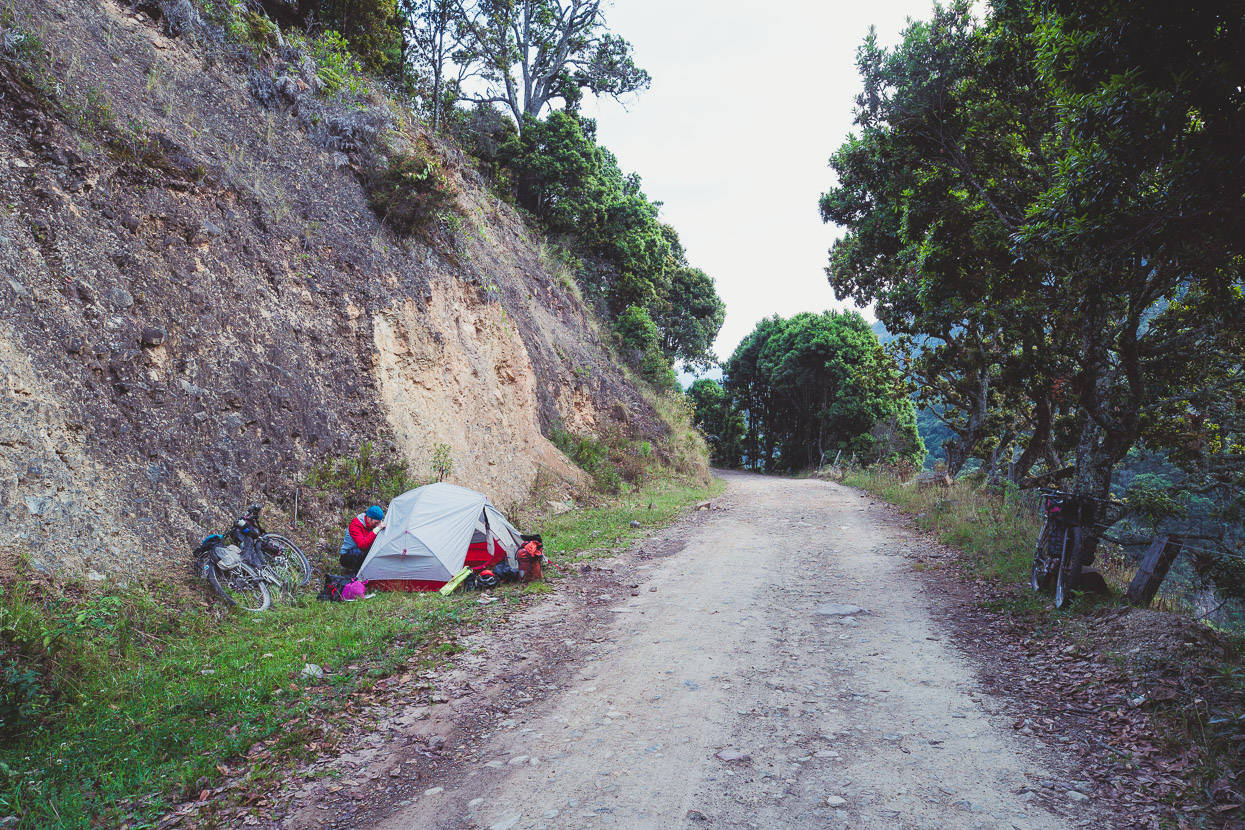
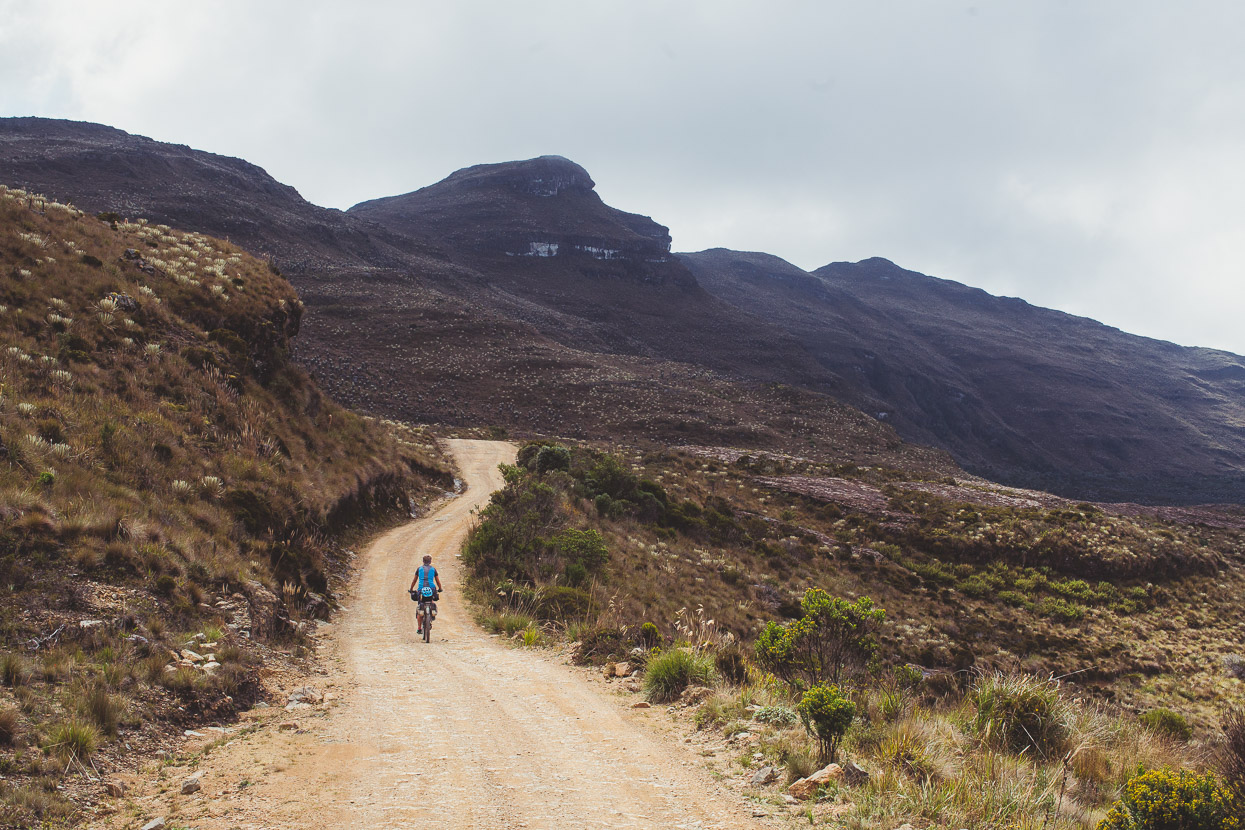
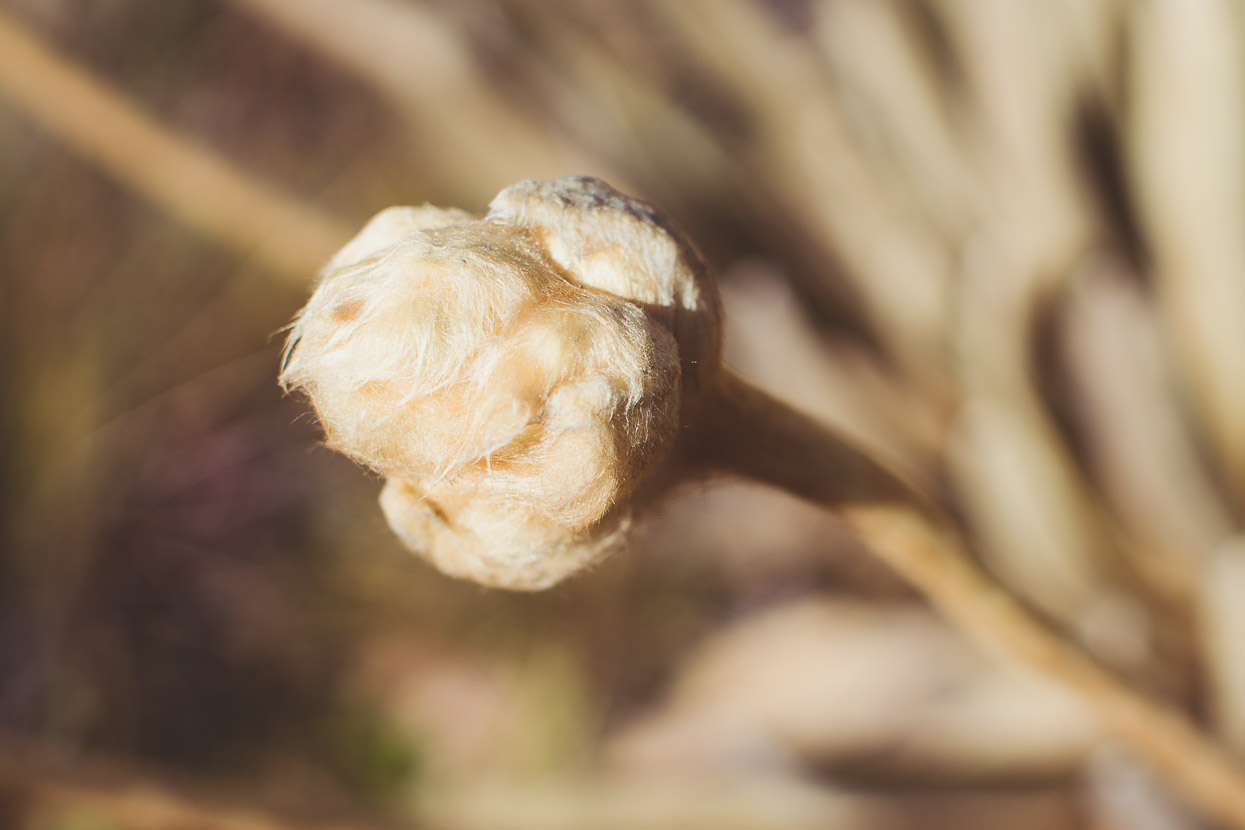
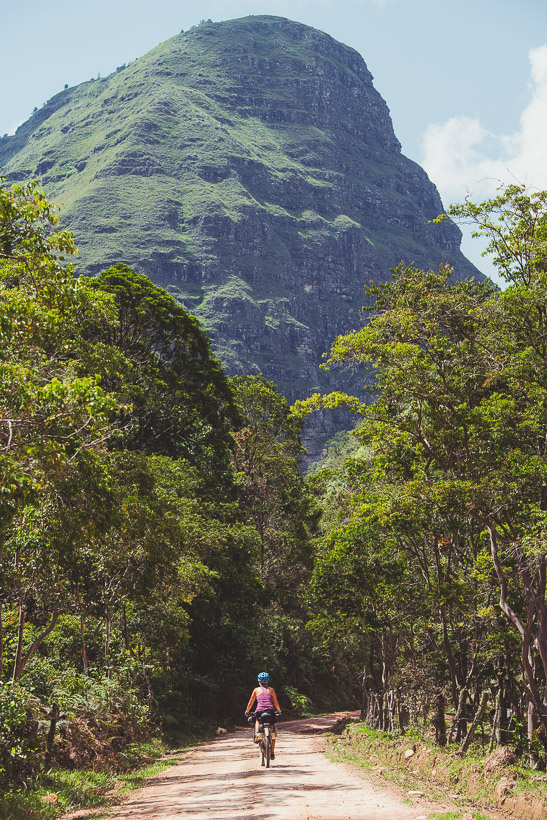
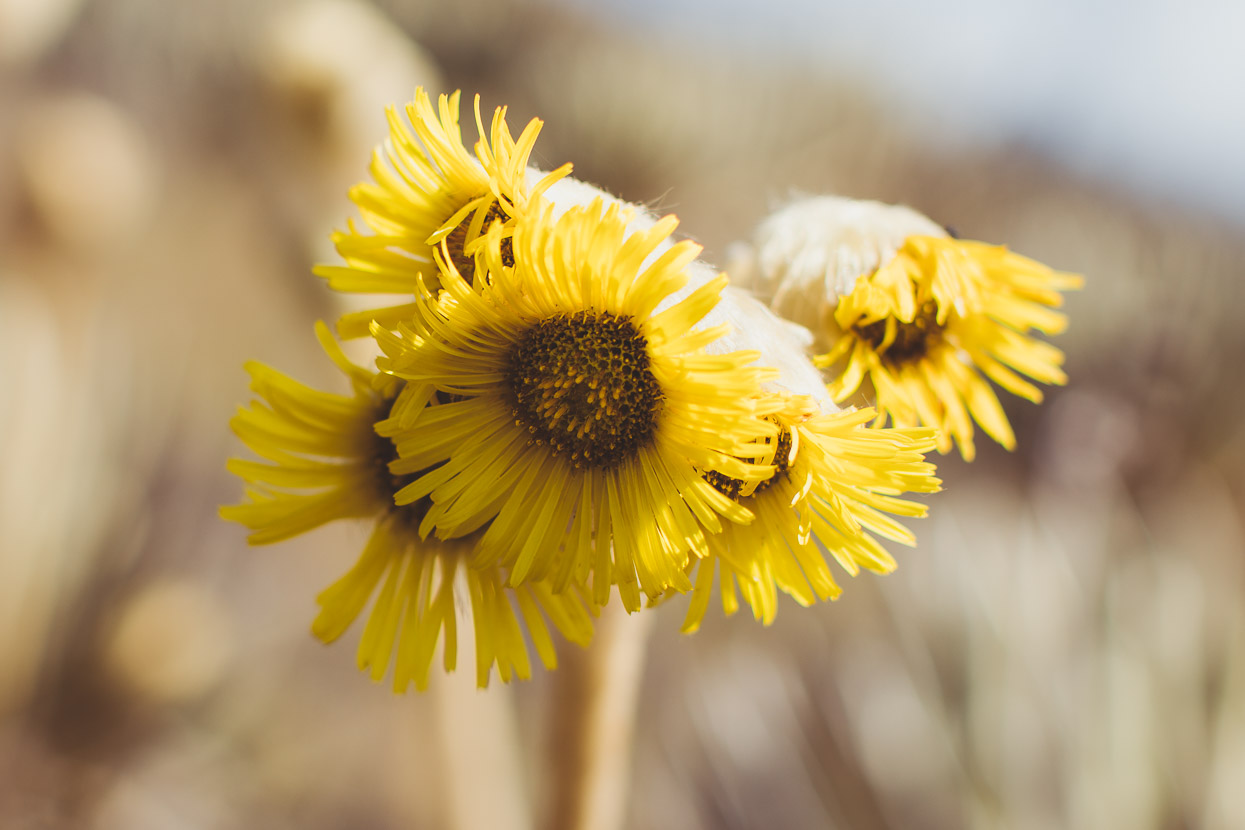
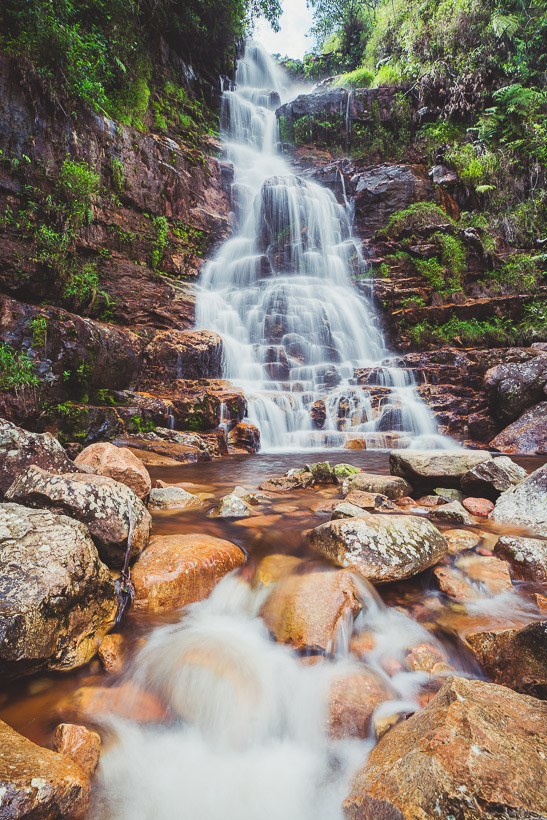
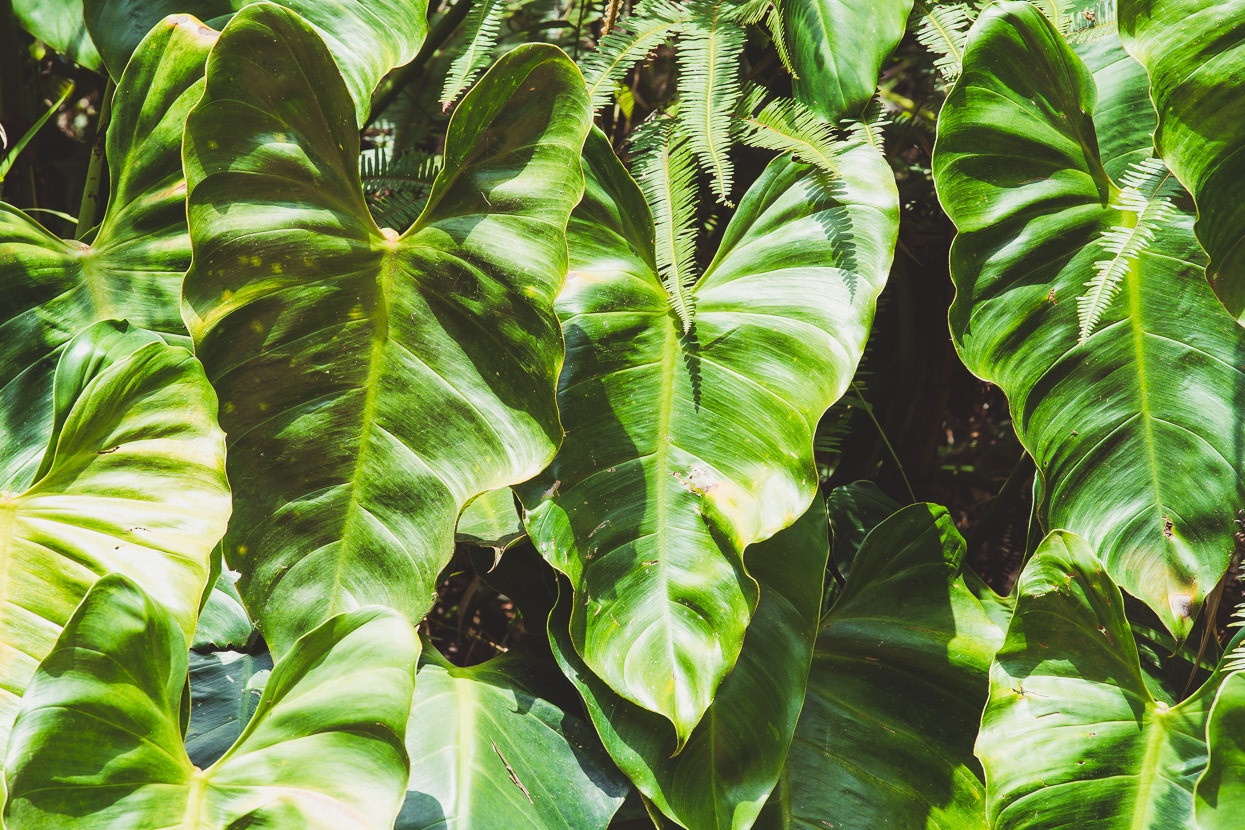
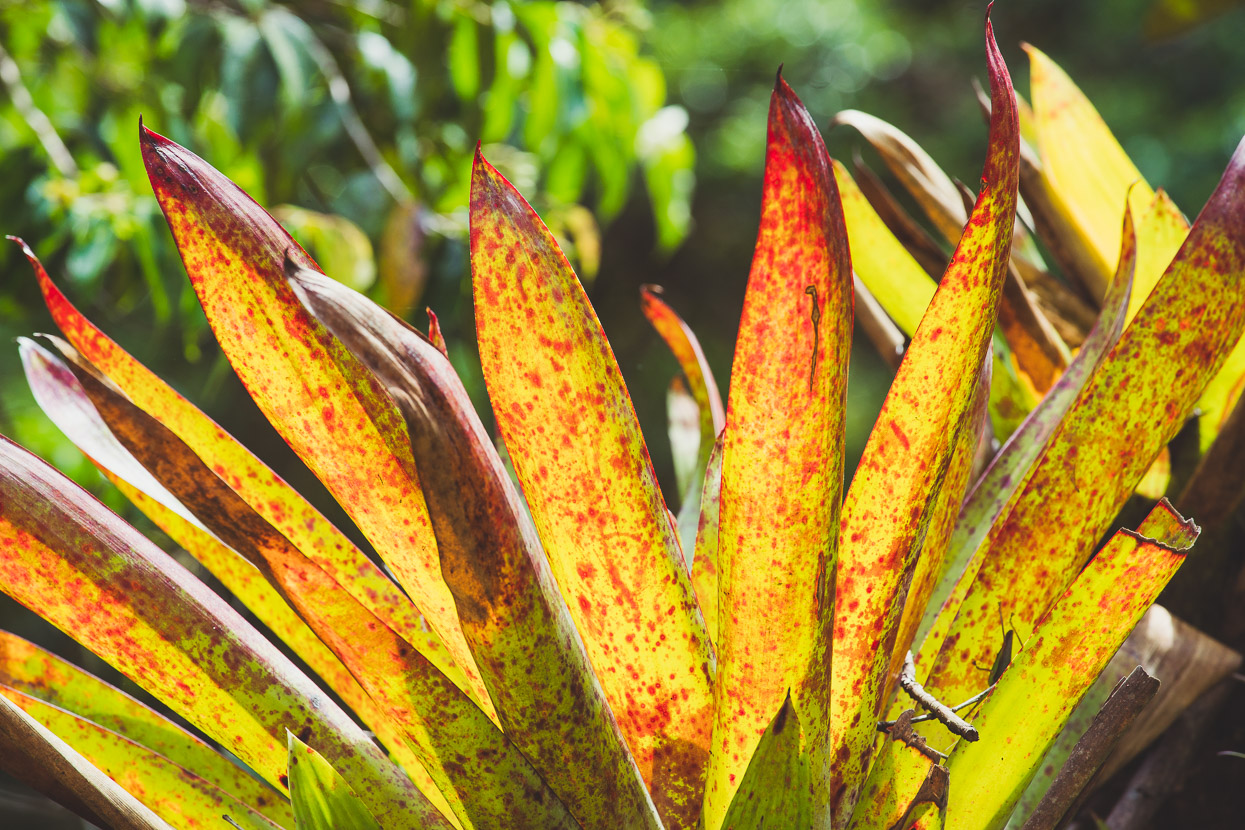
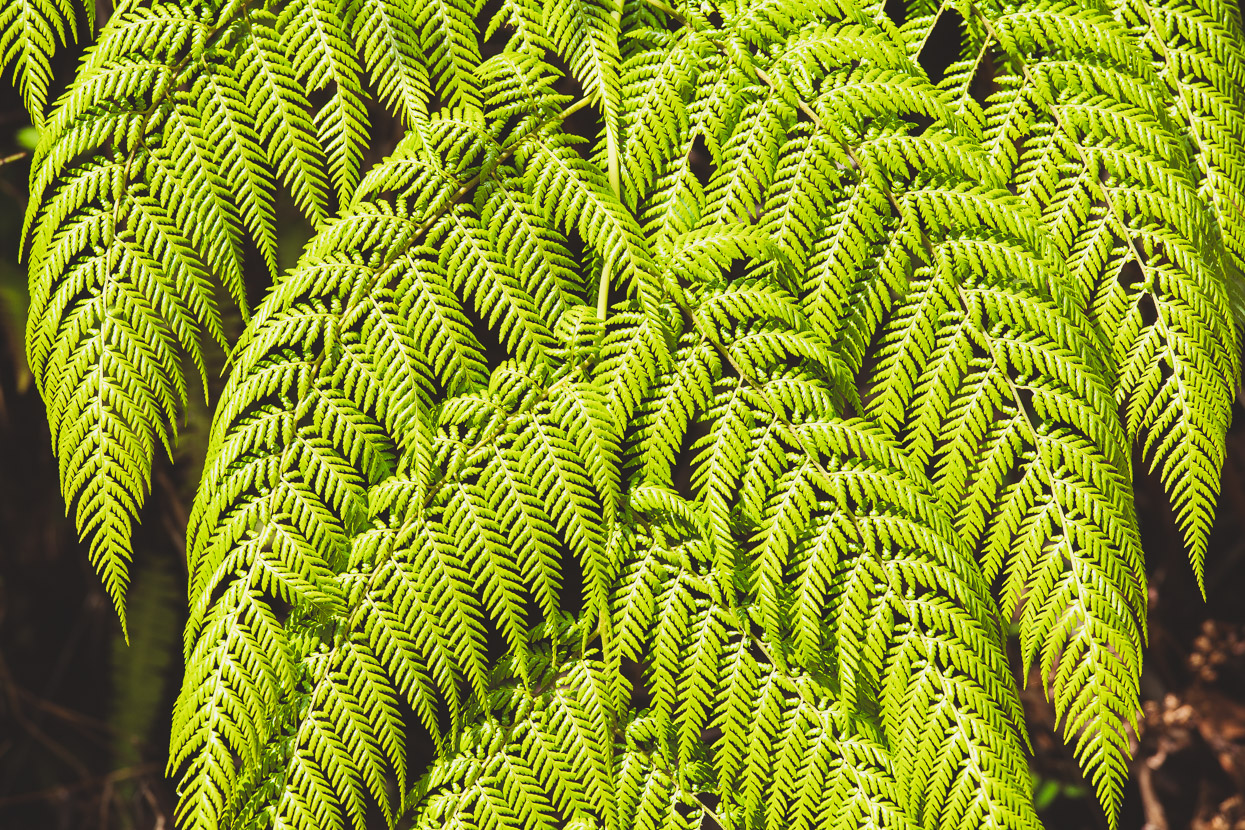
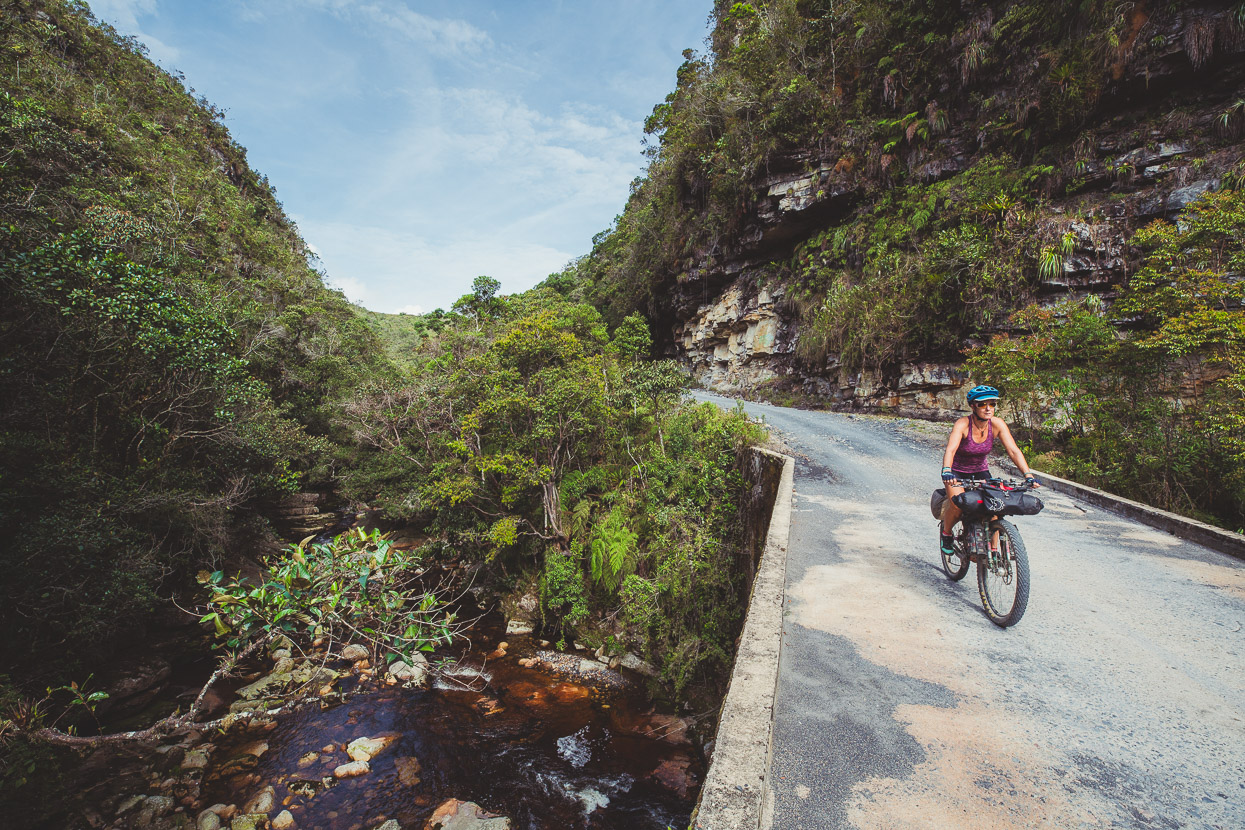
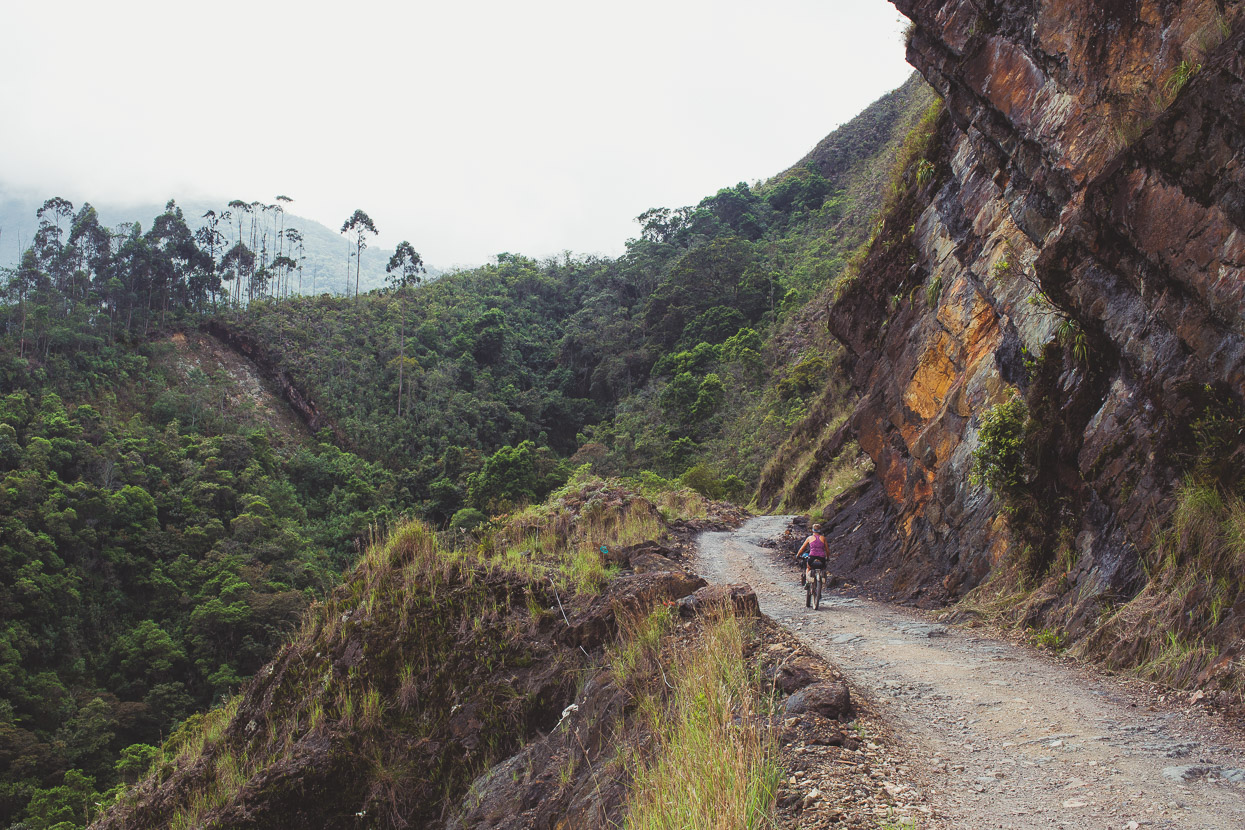

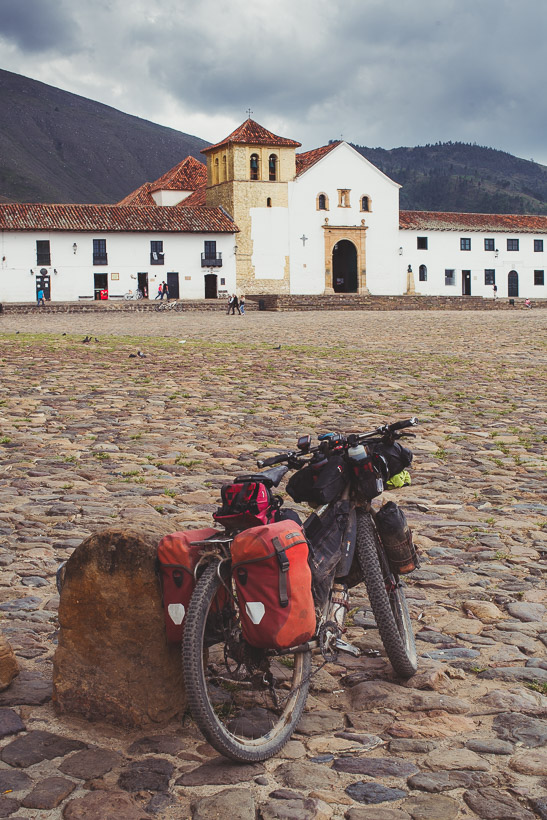
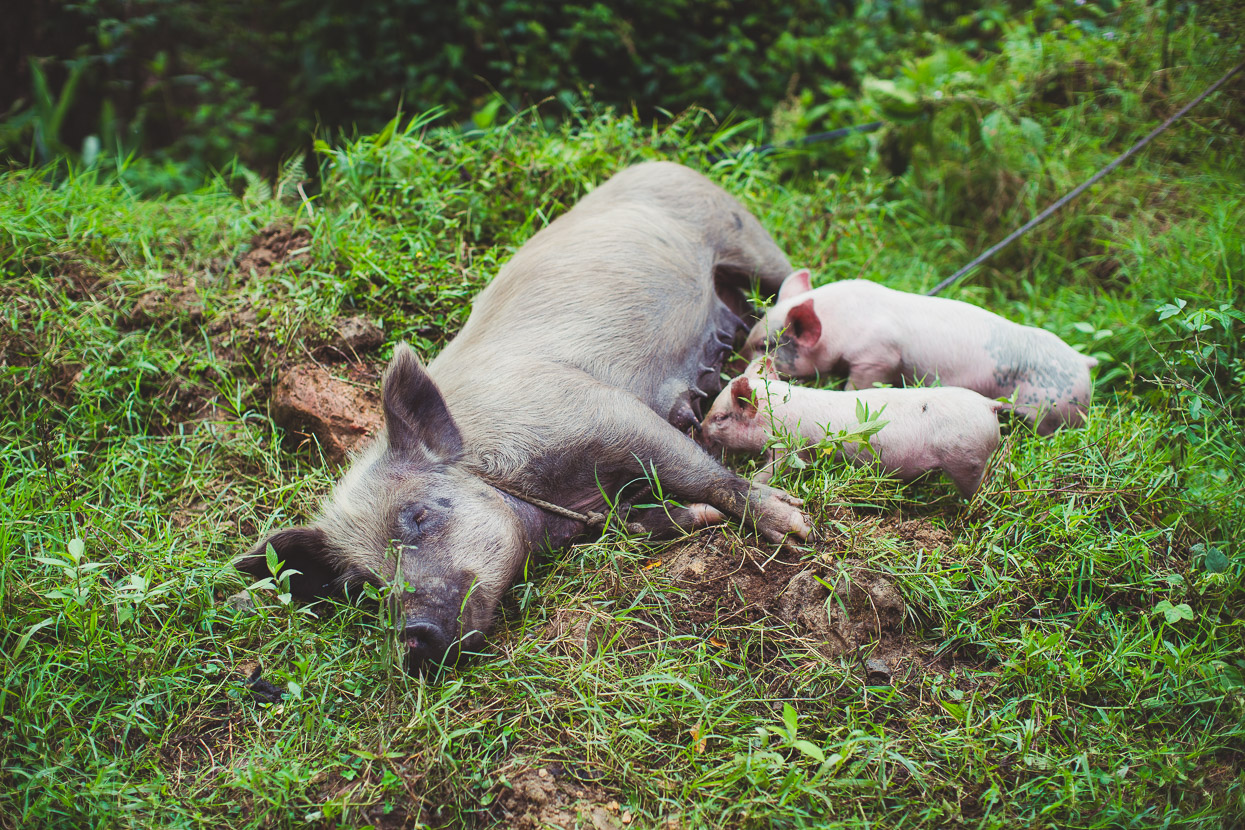
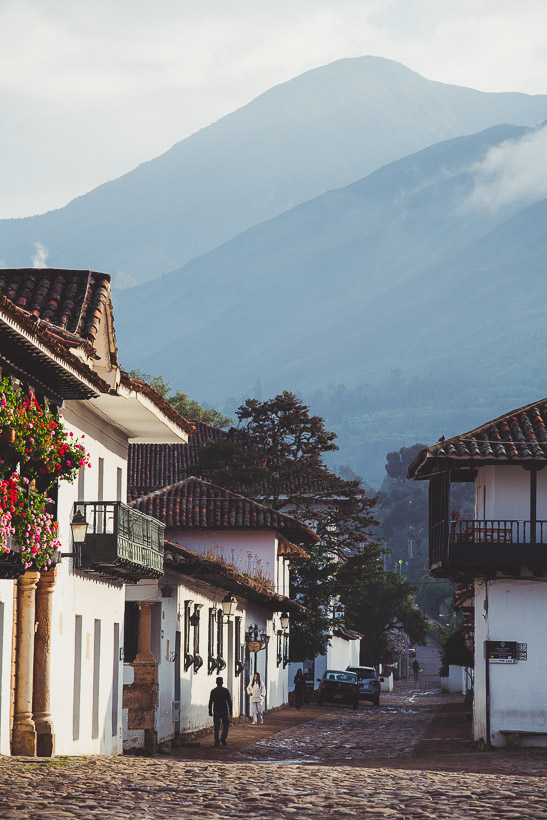
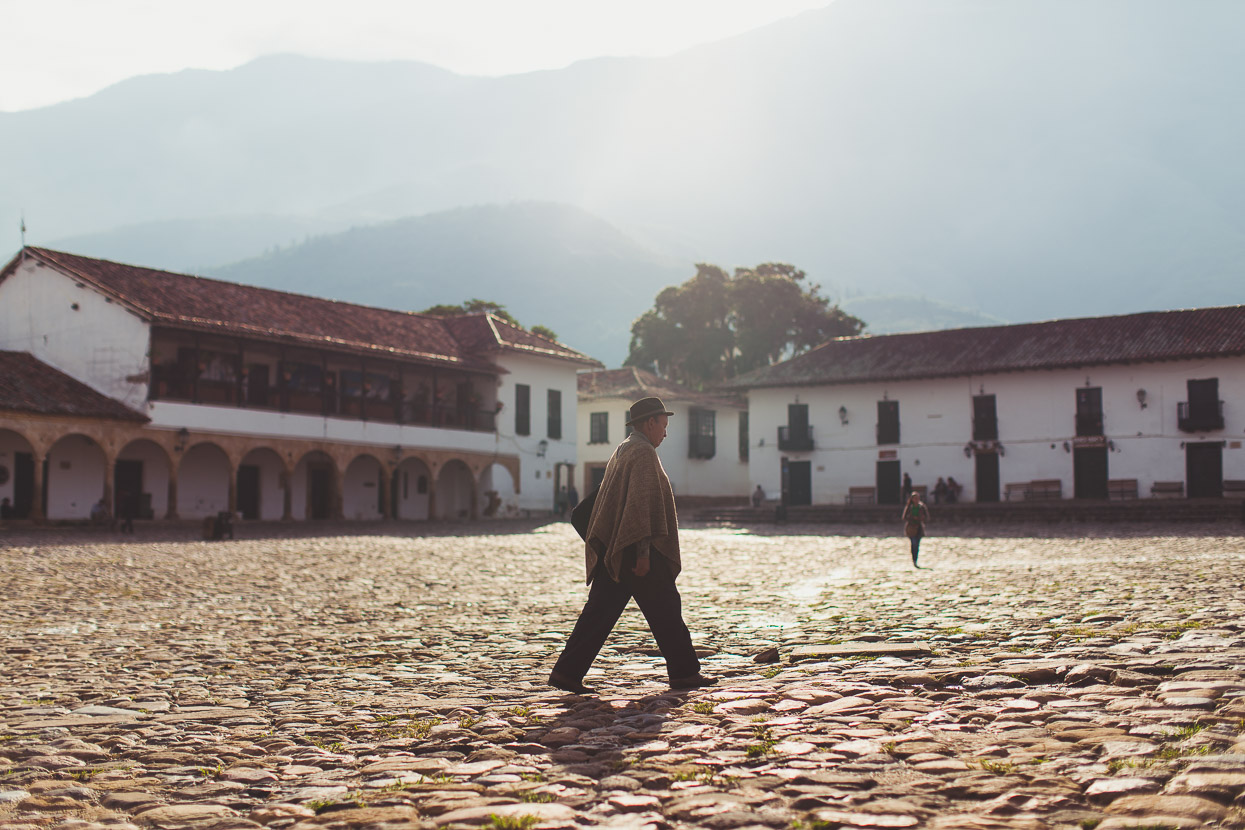
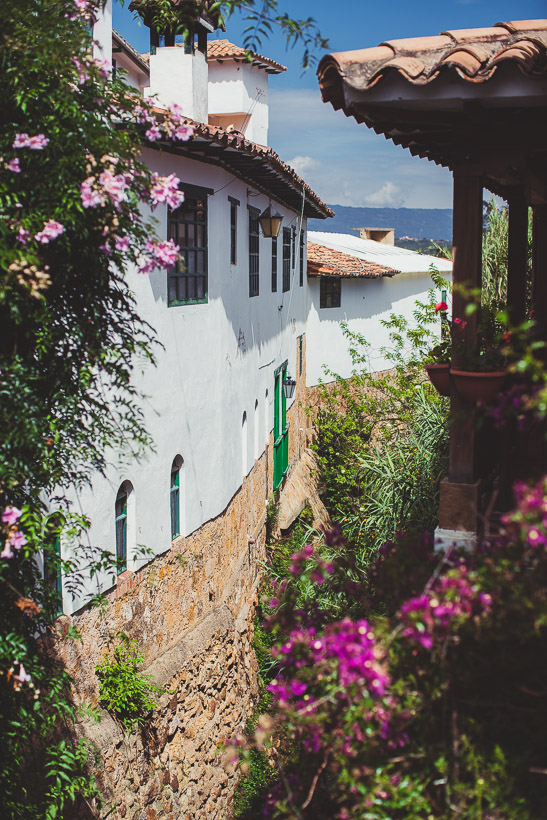
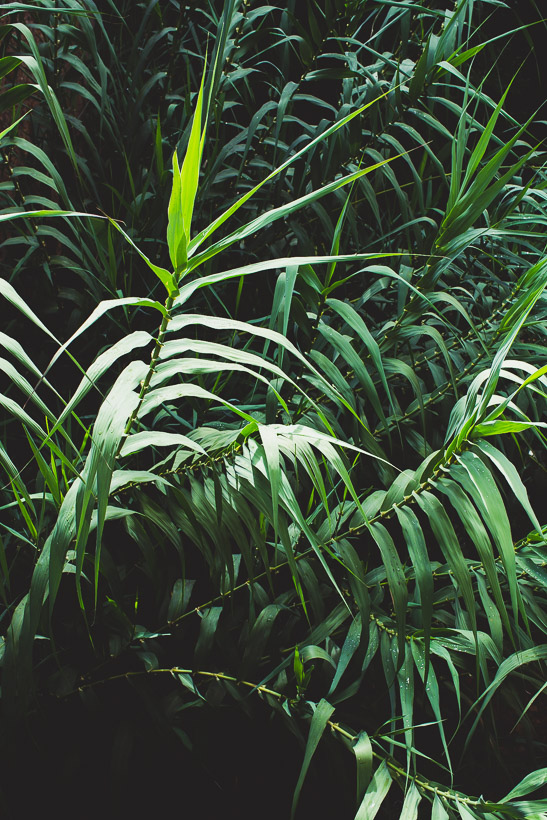
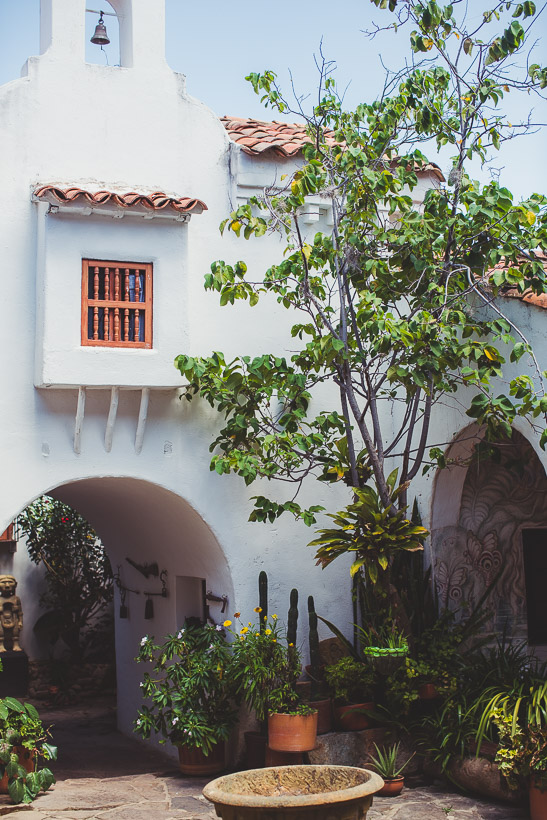
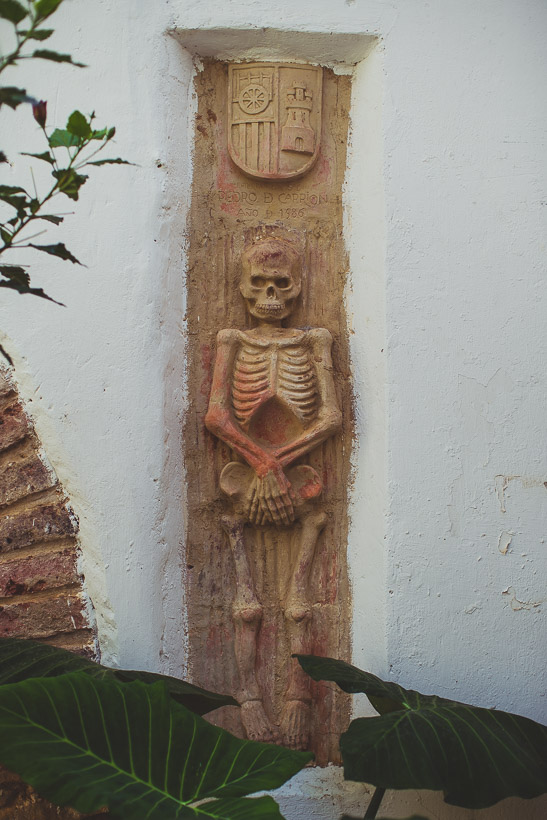
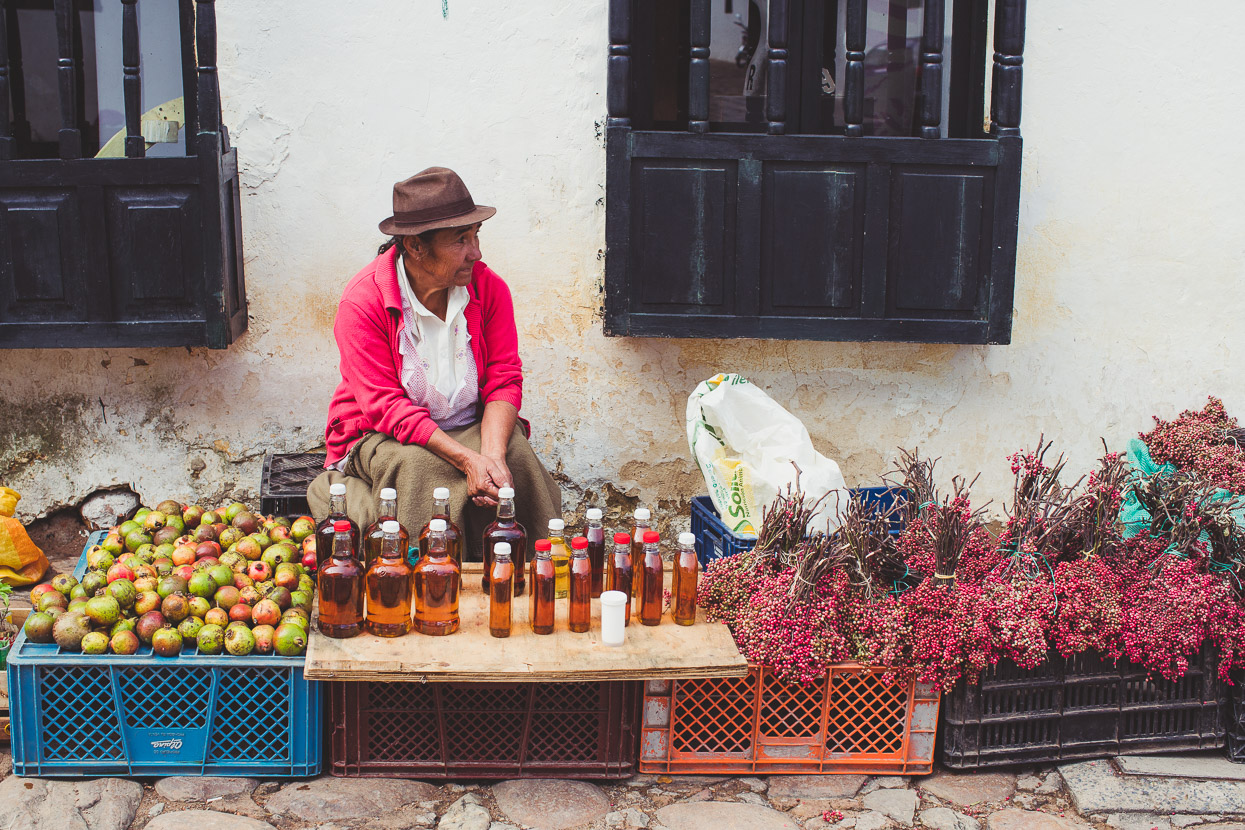
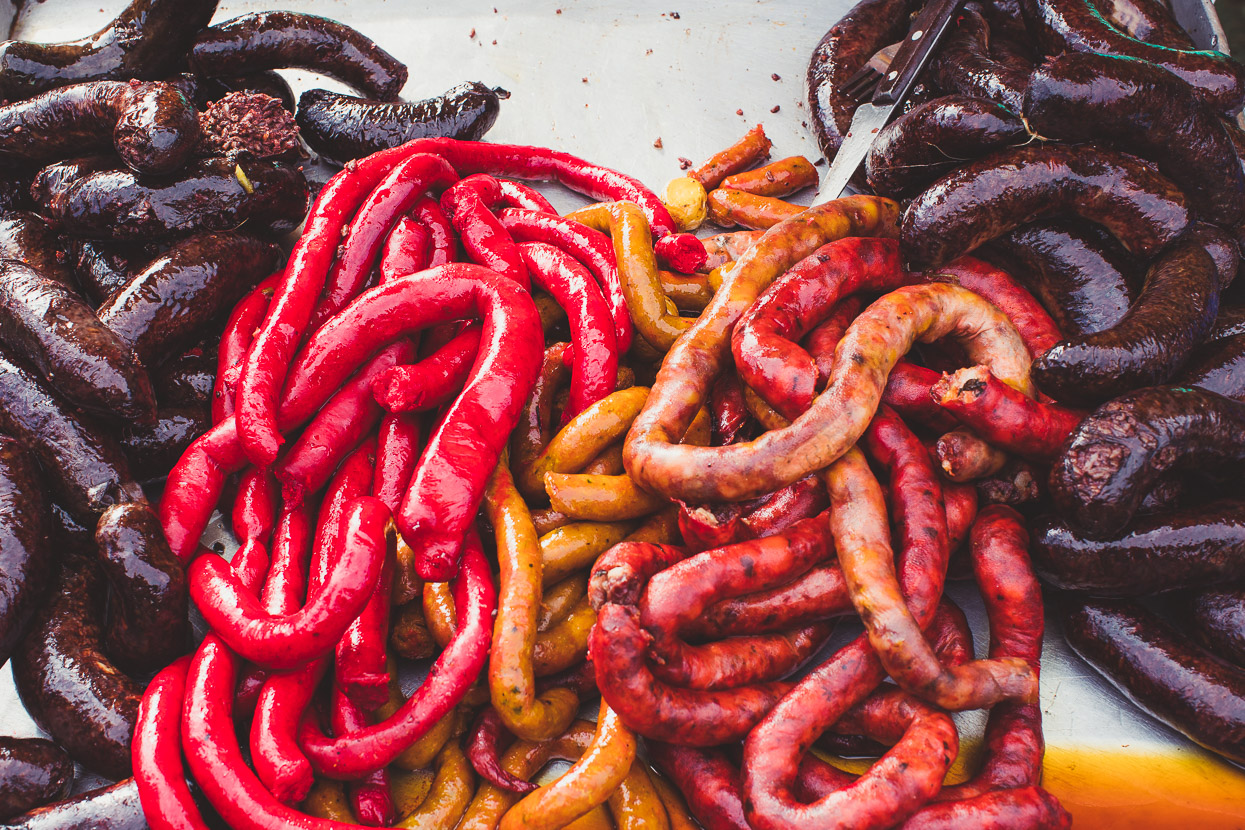
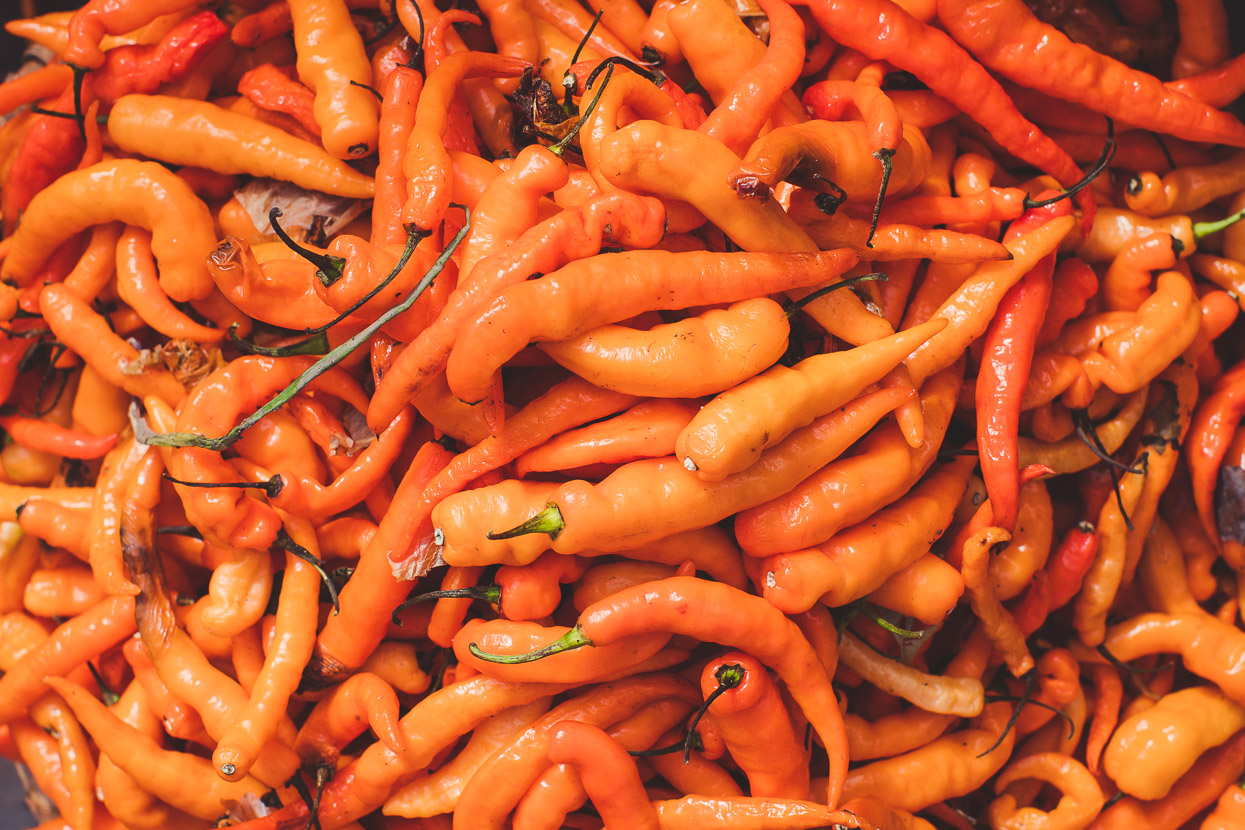
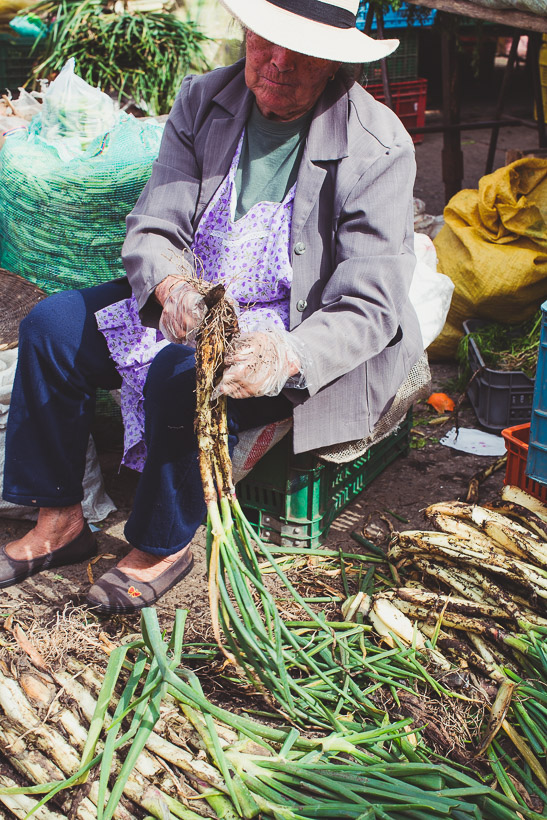
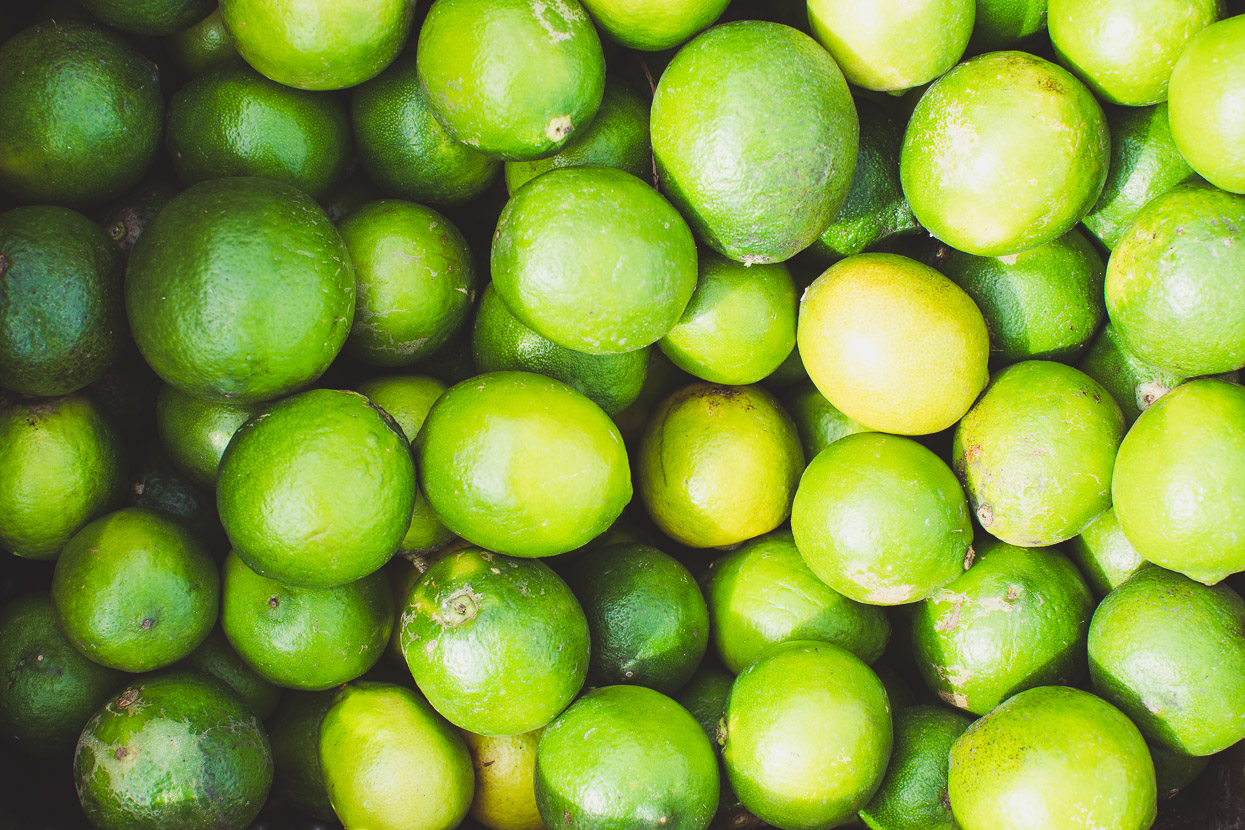
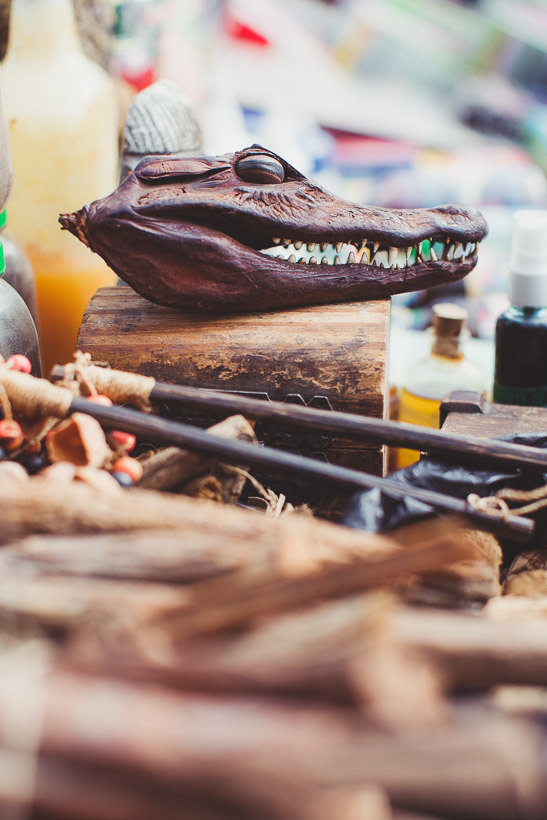
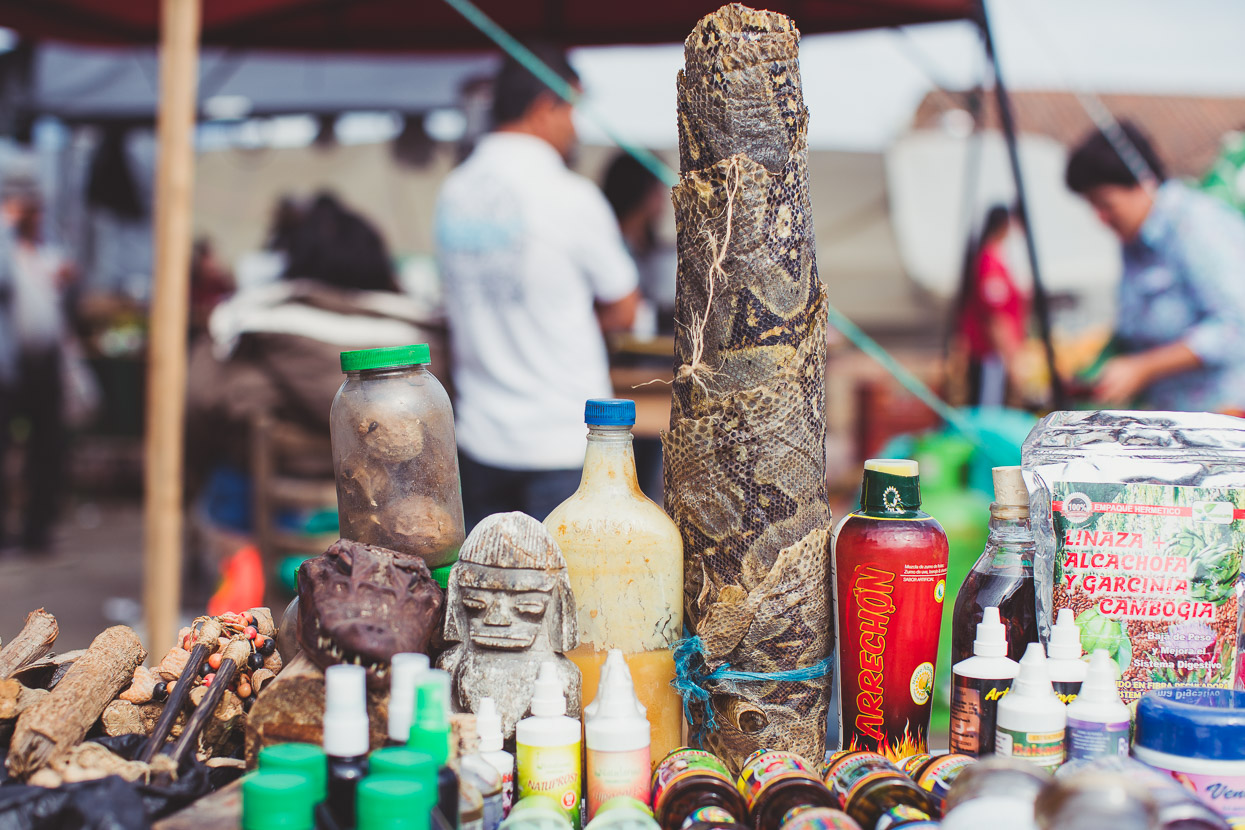
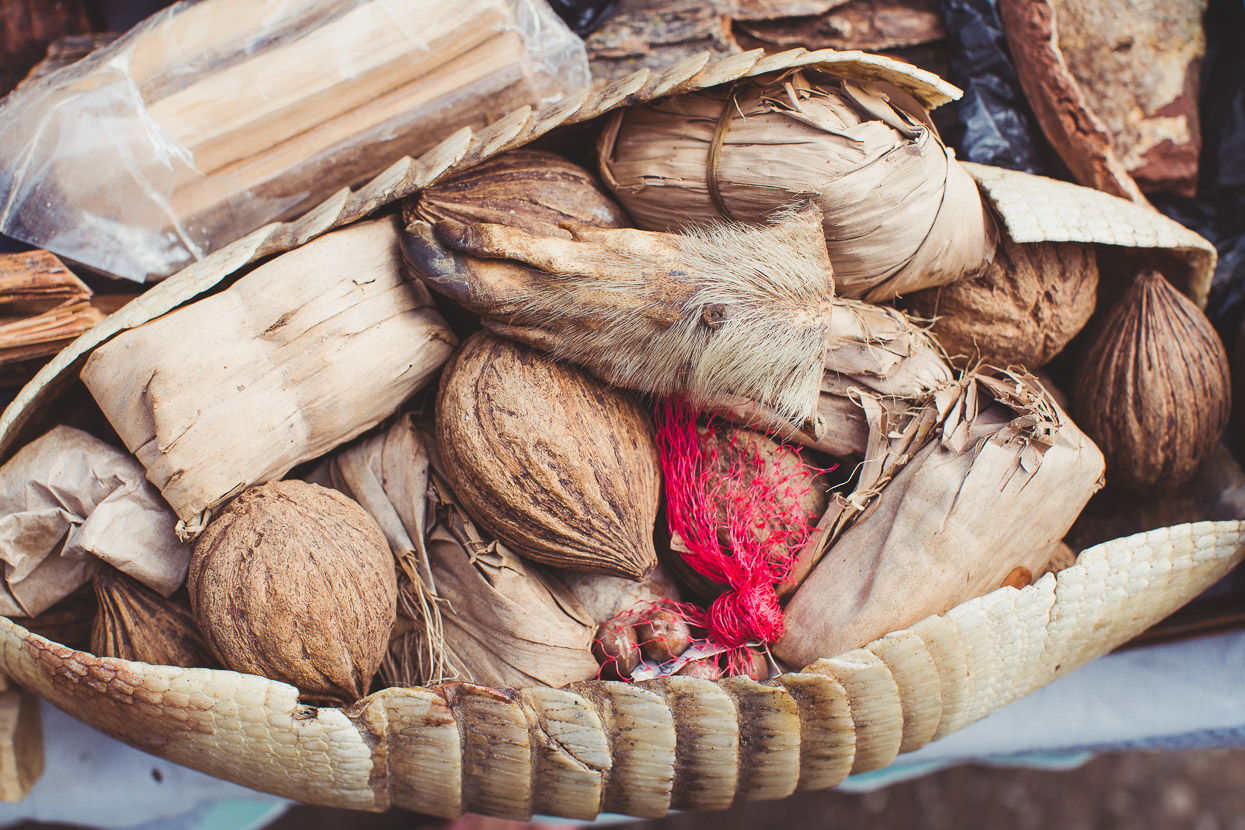





Phenomenal as always!
Best of luck for your Bogotá ventures.
Fabulous scenery. Those mountains make spectacular reading. Met group of cyclists from Auckland in Alexandra, completing the Rail Trail, sang your praises – perhaps a new bunch of fans
Awesome photos as usual and great adventure you guys are into.
Love that side of the road campsite
Buen viaje
Thanks Michael – Loving Colombia for sure. Just back into it after 9 days off in Suesca. Los Nevados next…
I’m loving these posts from Columbia. Looks like it would be a great destination to escape the Canadian winter gloom.
Thought you might find this other ride report from Columbia interesting. Seems like no shortage of vertical in that country.
https://cyclingtips.com/2018/01/the-road-to-nairos-house/
P.S. Just finished riding in the Nicoya, Costa Rica. Your posts were helpful for that trip.